Buildings razed for parking lots, surprising survivors, and art as a revitalization tool–the story of Jackson's old Cortland Street YMCA. In general, Jackson is a useful stand-in for the countless small and mid-sized Midwestern cities that created massive dead zones when they paved themselves over for car parking, but it also shows how surviving buildings can provide a scaffold for a vibrant, climate-friendly urban core. Even in a damaged state, they often retain a stronger urban fabric than any exurb or Sun Belt boomtown. It reminds me of restoring a coral reef–you need a solid structure for new life to grow on.

The new life in this case is the Jackson School of the Arts and the Bright Walls Mural Festival. The Jackson School of the Arts moved into the two surviving buildings next to the YMCA, the little stone storefront built in 1890 and the three-story building with the porthole windows up top, which was built in 1907. Tenants over the years included the Jackson Patriot newspaper, a plumber, and a telephone company office. In the 1940s Vermuelen’s Furniture took over both buildings, occupying them until 2014, after which they abandoned them to the city for $100 in 2017. In an ironic counterpoint to the fate of the YMCA building–demolished for a parking lot–Vermuelen's stated, "We probably could have sold it for more money to make it a parking lot...but it's a cool old building...It'd be a shame to have somebody tear it down and build a parking lot". Progress!
The city stabilized the buildings, prepared them for a future tenant, and in 2020 sold them for $500k to the Jackson School of the Arts, where they hold after-school programs in dance, art and theater, as well as pre-school, summer, and daycare programs.
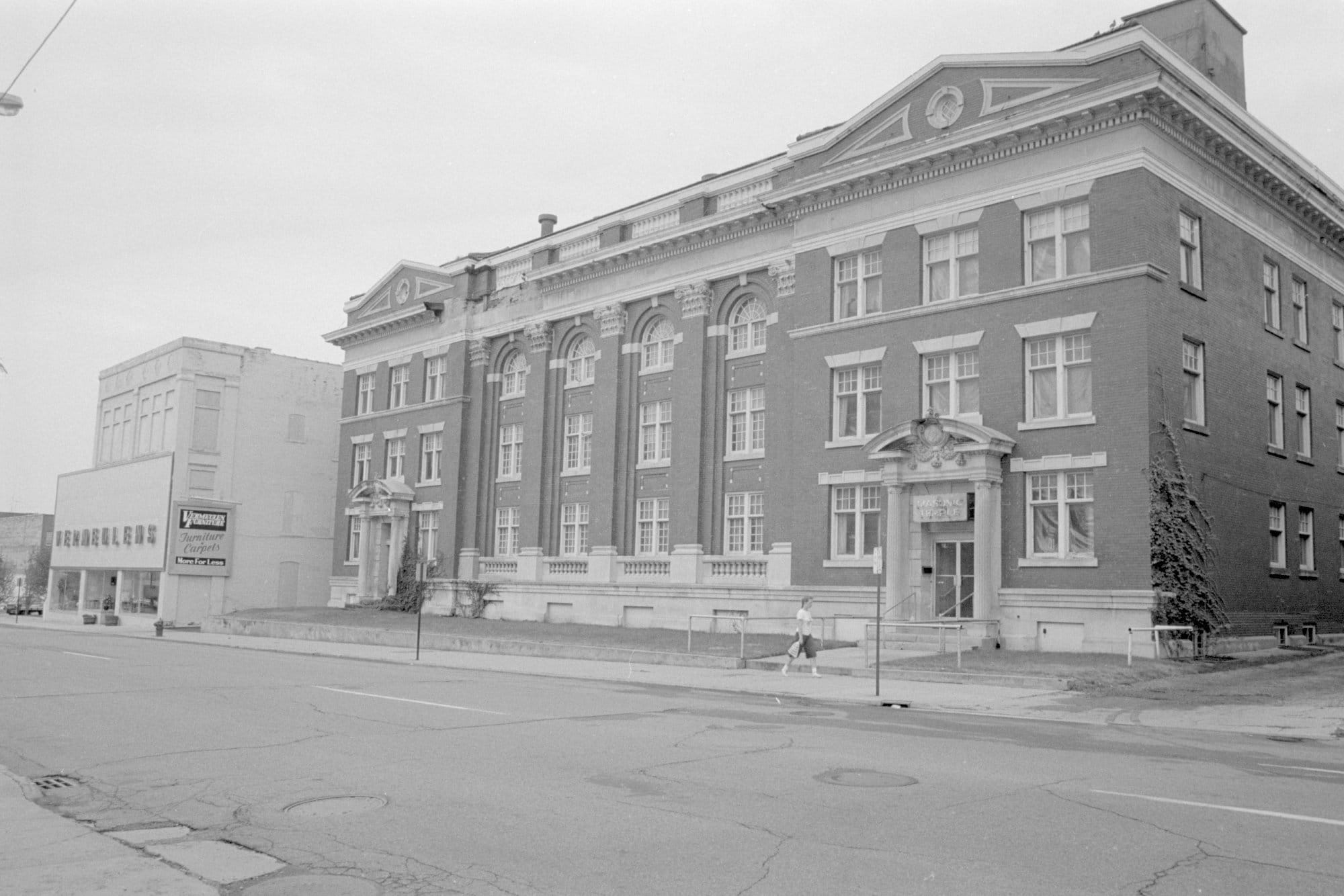
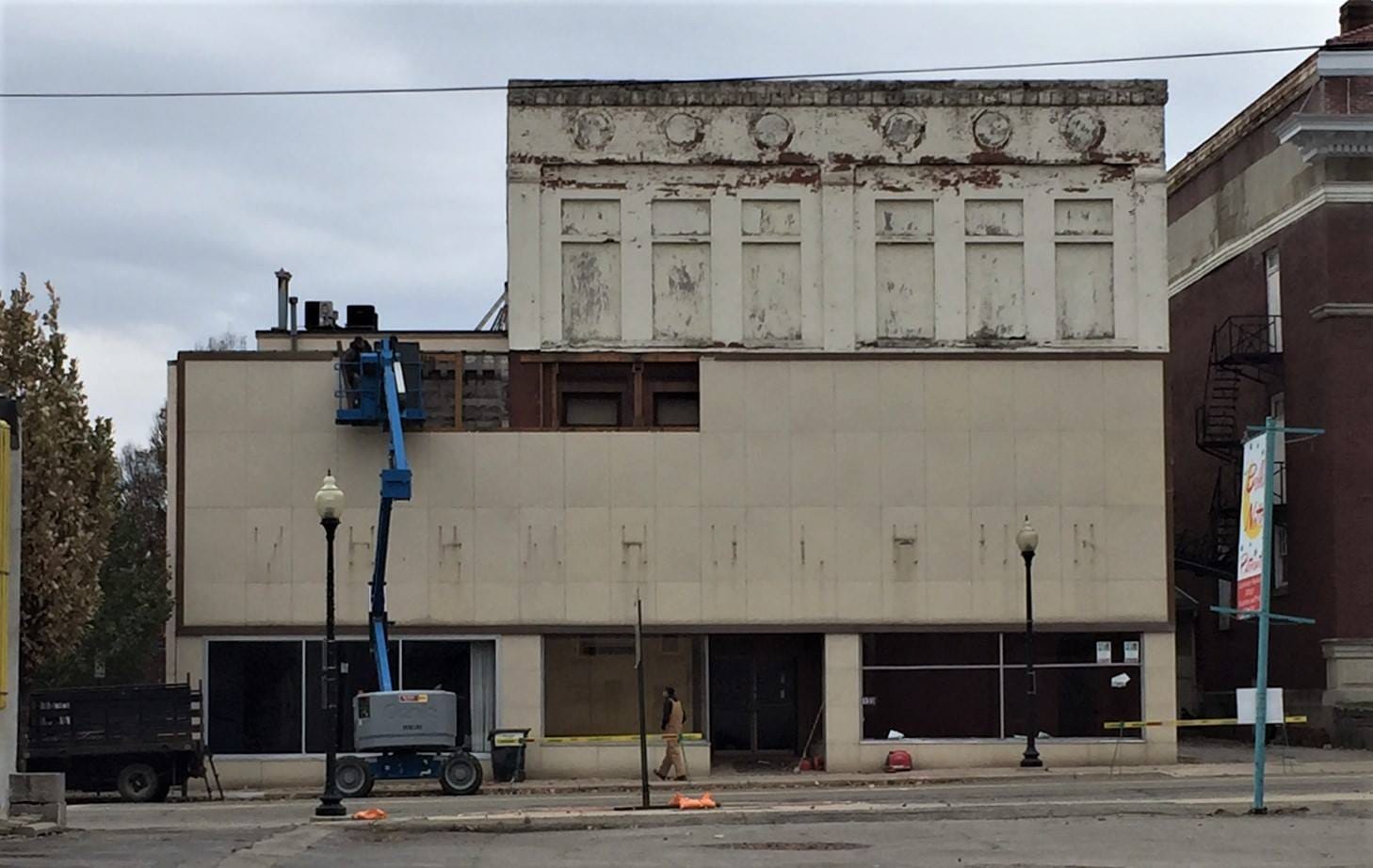
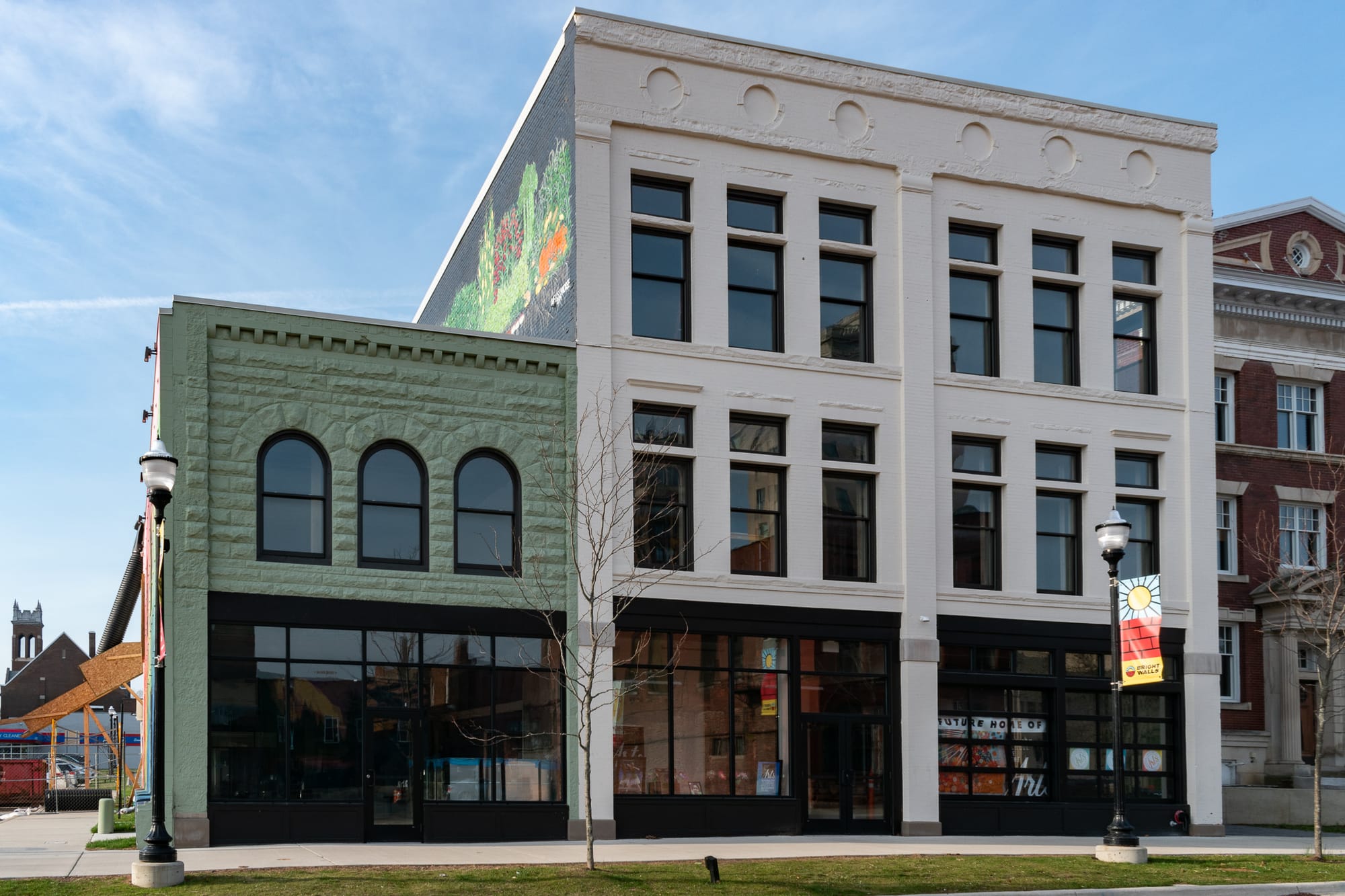
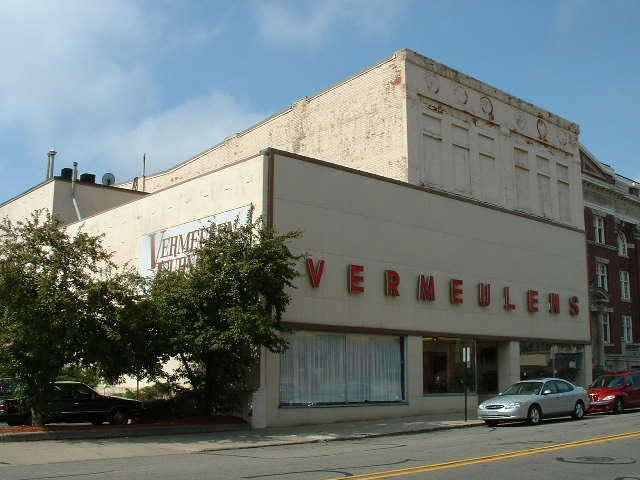
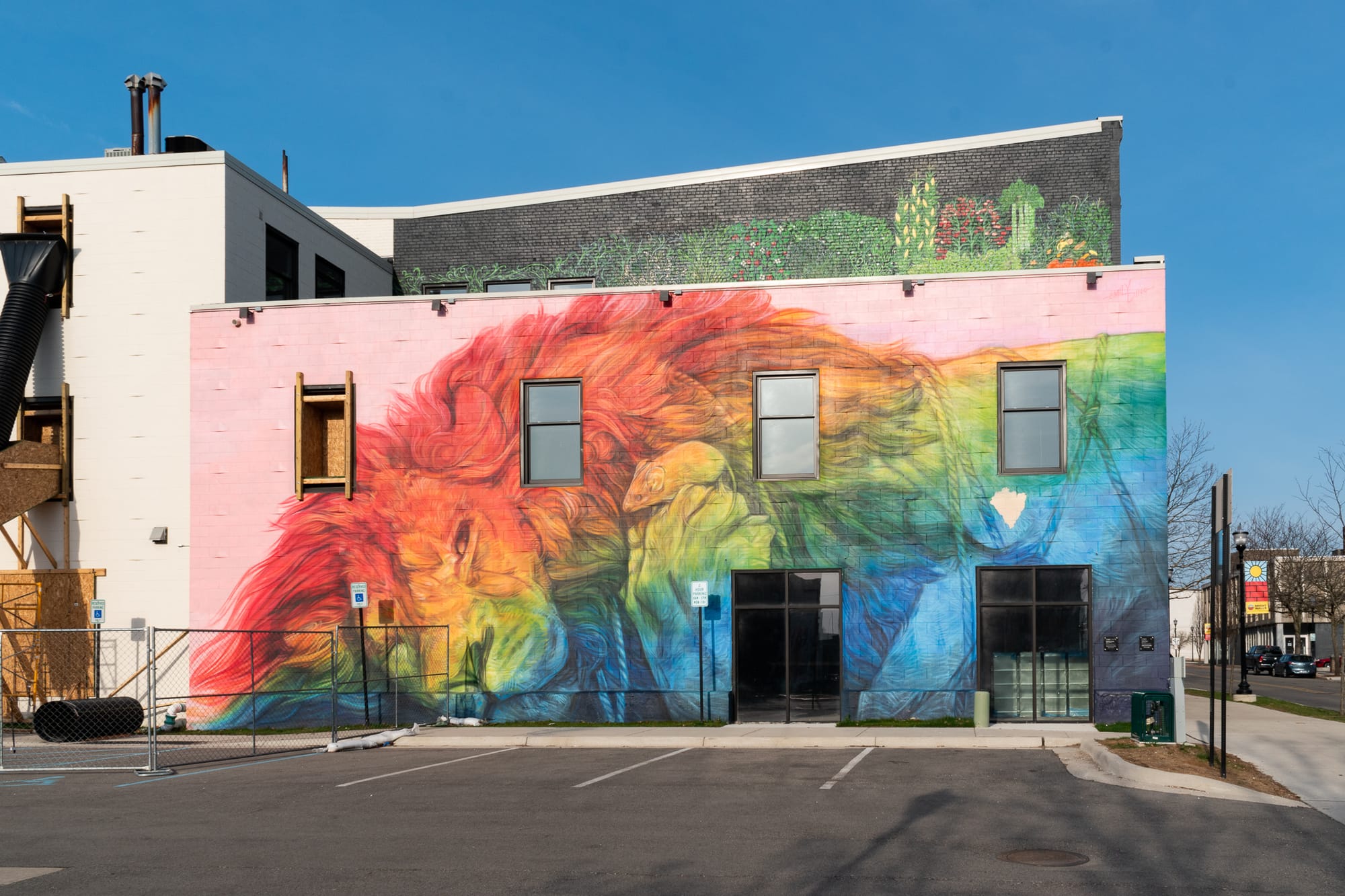
The colorful murals were produced as part of Bright Walls, Jackson’s excellent mural festival, which made lemonade (public art) out of lemons (demolishing half the city for parking lots created a bunch of prominent blank walls). Murals can be a lazy artwashing tool for real estate speculation, but in this case they’ve commissioned some good work that’s had a remarkable effect enlivening downtown. The Bright Walls Grand Finale in 2022 turned out the happiest and most vibrant crowd I've ever experienced in Jackson. There's also something to be said for quitting while you're ahead–2022 was the final festival, partially because they've run out of walls.
The YMCA building, a squat brick cube designed by Leonard H. Field Jr., opened in 1907. Field had left the firm of Peabody & Stearns in Boston in 1904–this was an early commission for his independent practice. Field's dad, L.H. Field Senior, owned the Field Store, a major Jackson department store (...his cousin, Marshall, had a department store in Chicago that you may have heard of). Family connections and early successes like the YMCA helped Field Jr. carve out a niche designing solid civic buildings in Jackson, particularly schools. Most of his body of work has been demolished–besides the YMCA, the Jackson YWCA, West Intermediate School, and the Austin Blair School have all been torn down. Field buildings that still stand include the Jackson First Church of Christ, Science and the Wildwood Apartments.
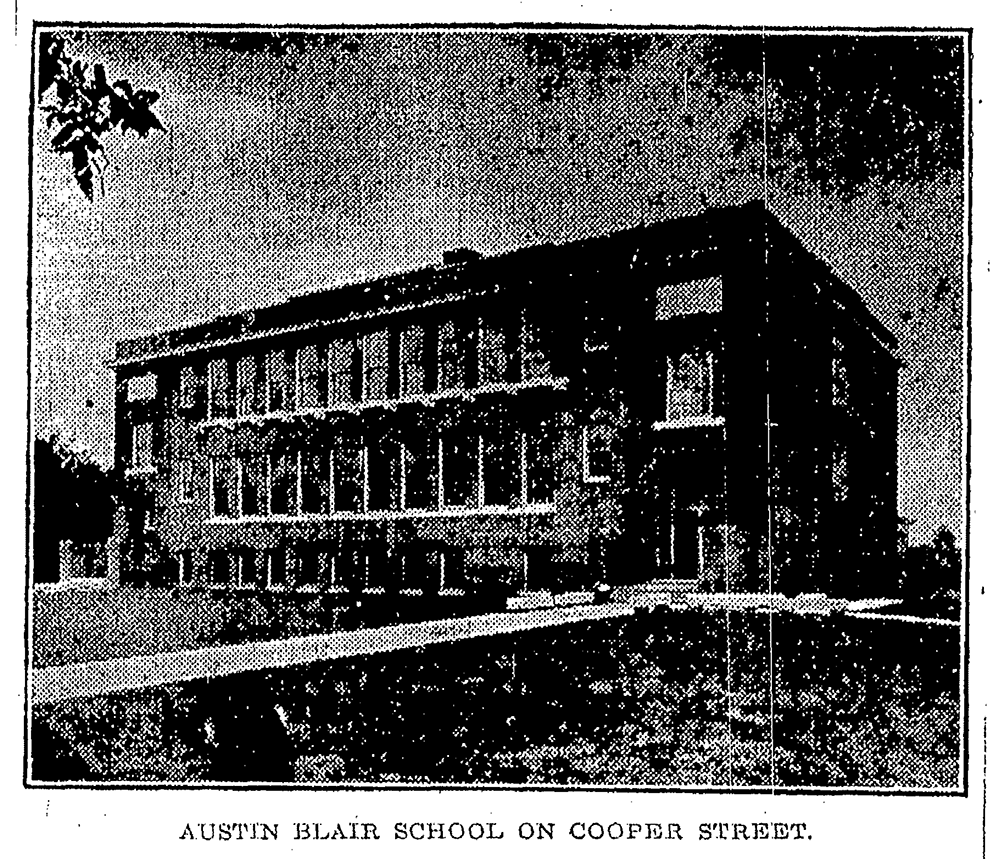
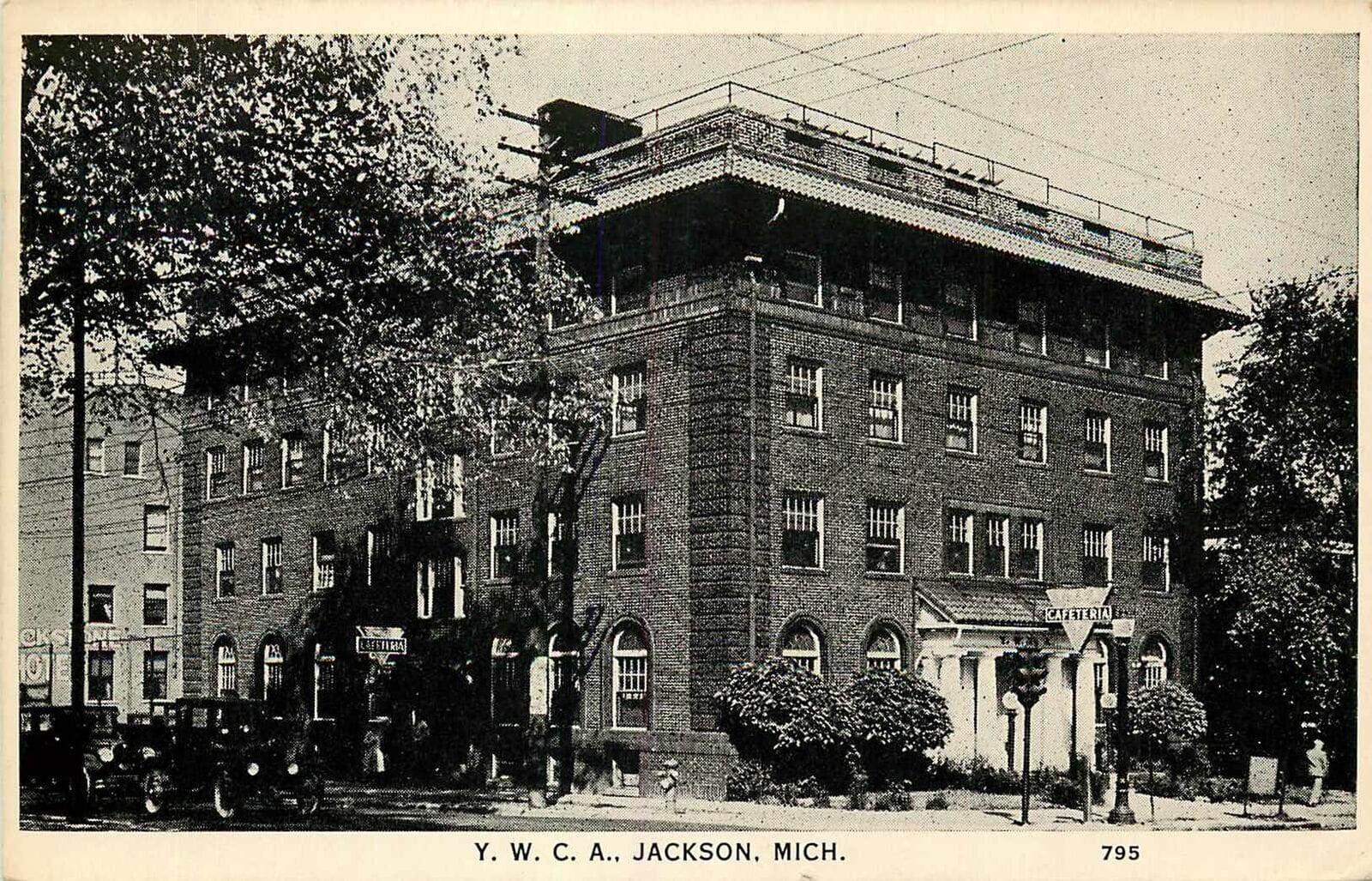
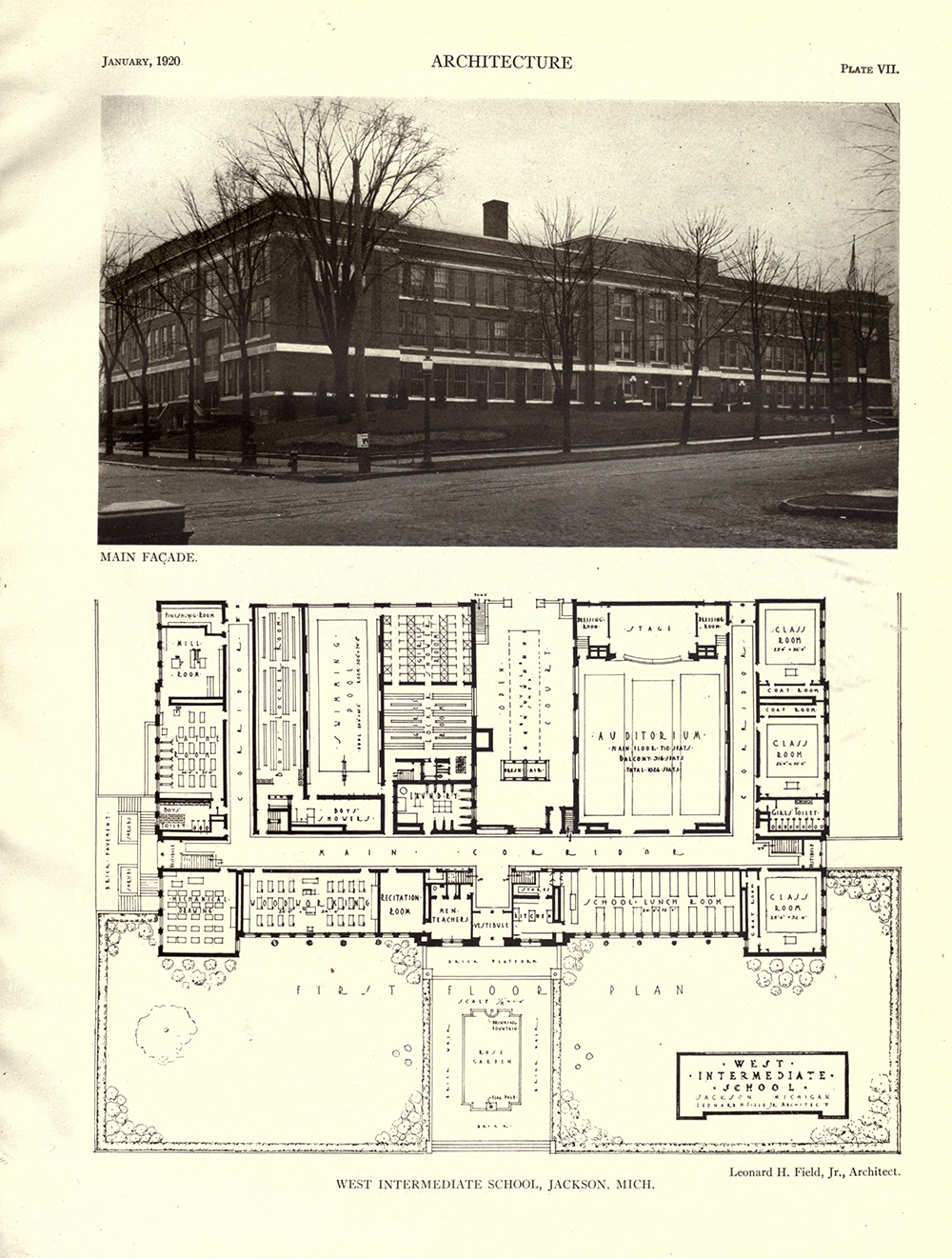
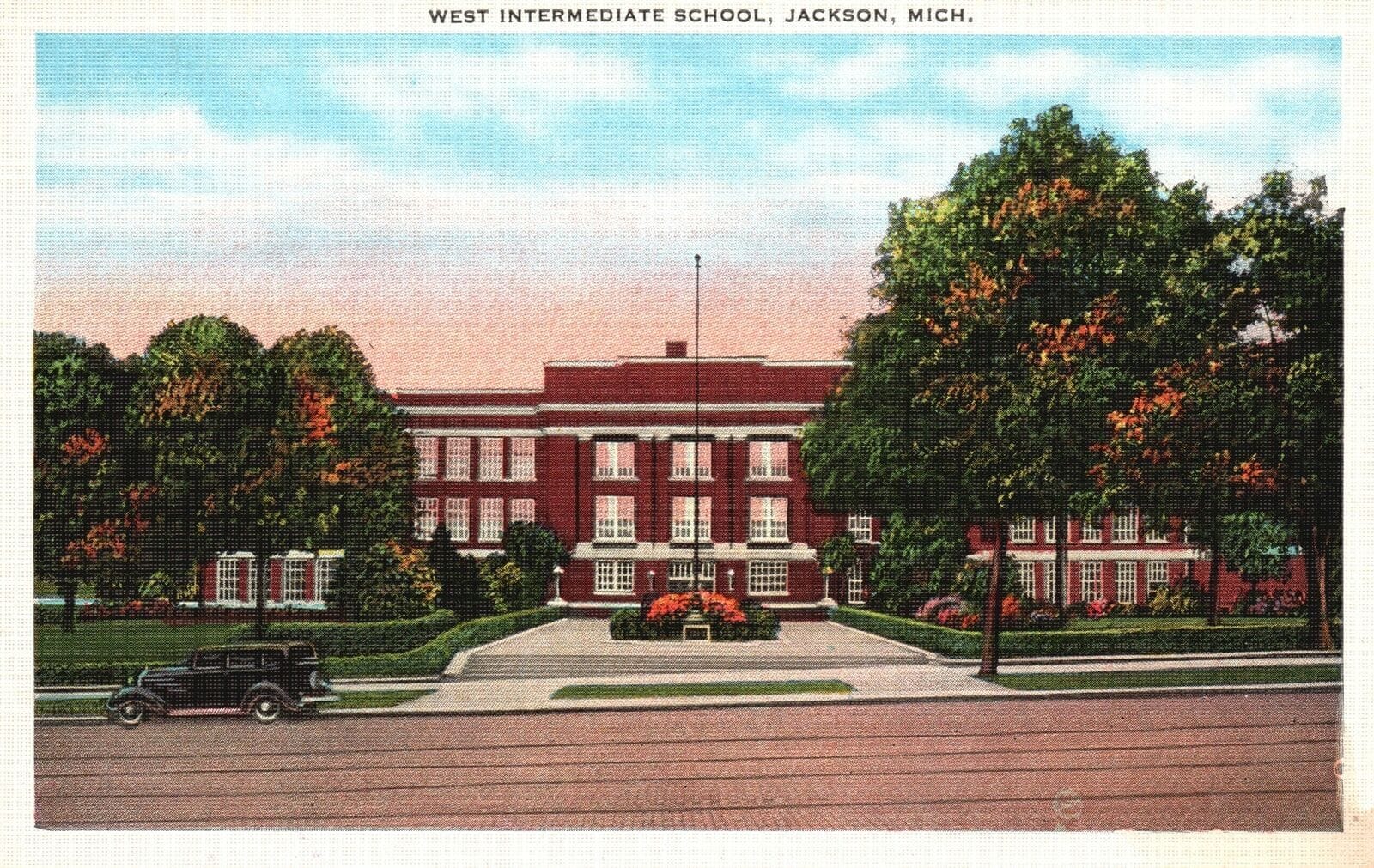
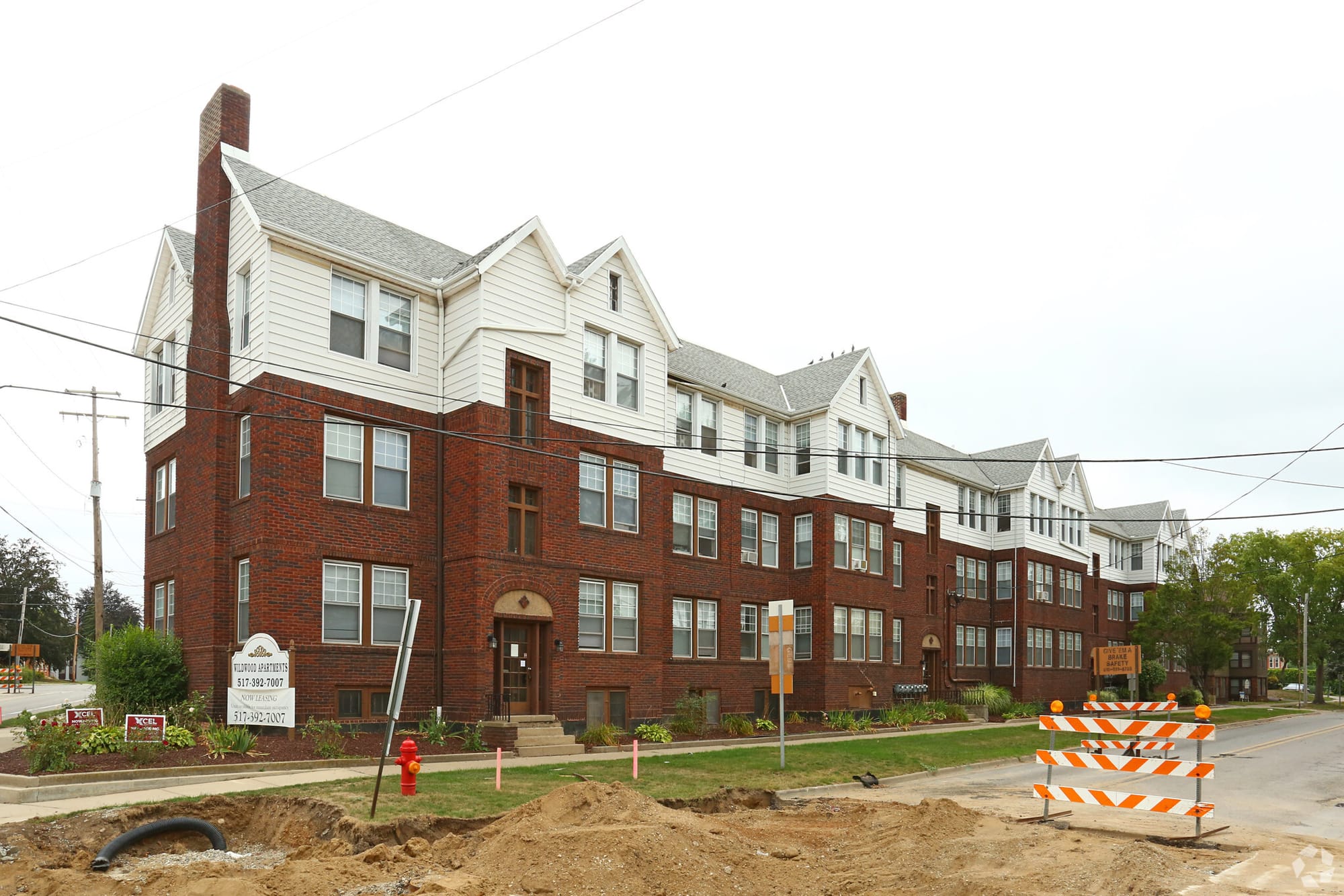
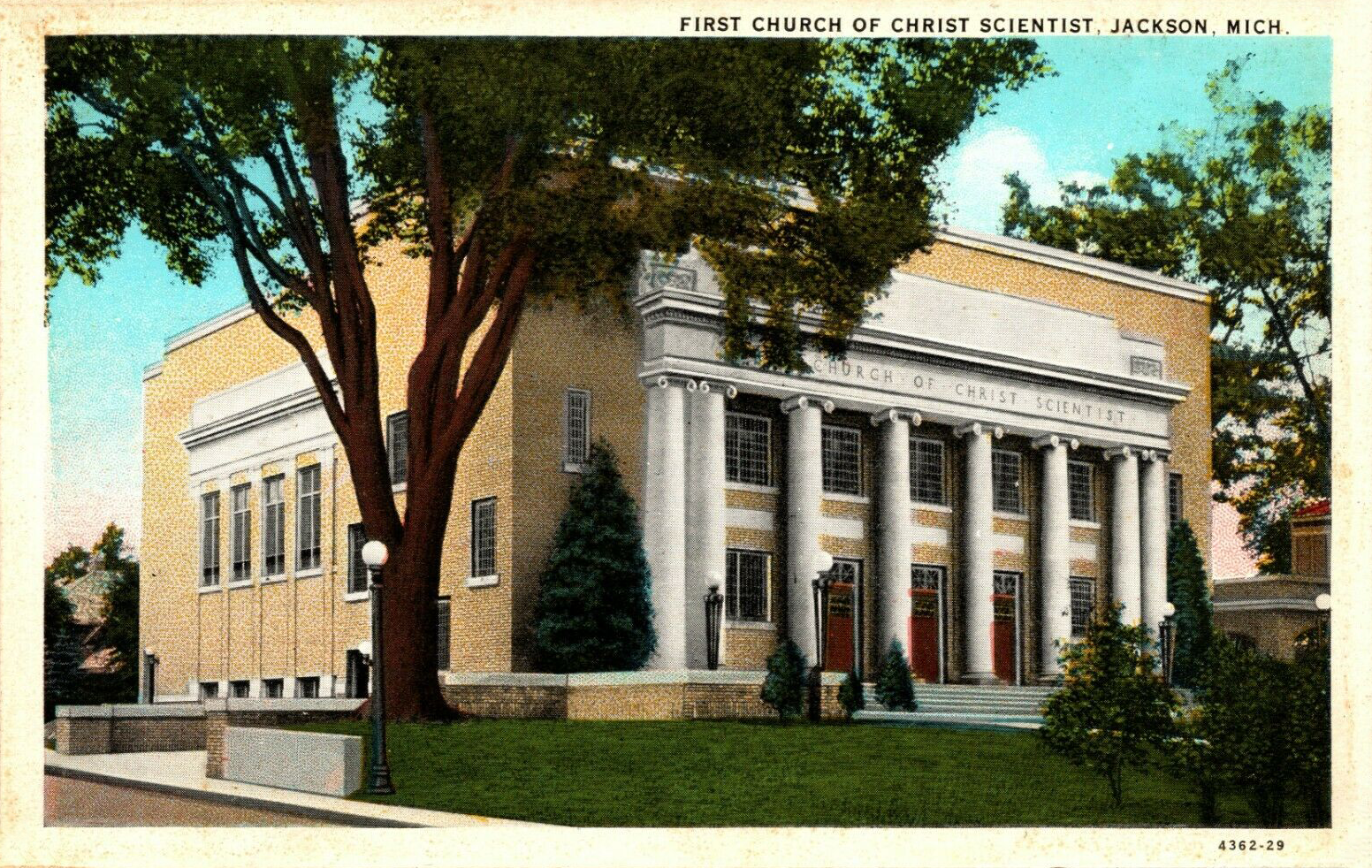
The Field-designed Austin Blair School (demolished), 1915 | the Field-designed Jackson YWCA, 1944 postcard, demolished | West Intermediate School, designed by Field (demolished), in American Architecture, 1920 | Postcard, West Intermediate School | Two of L.H. Field Jr.'s extant buildings, Wildwood Apartments and the First Church of Christ, Scientist in Jackson
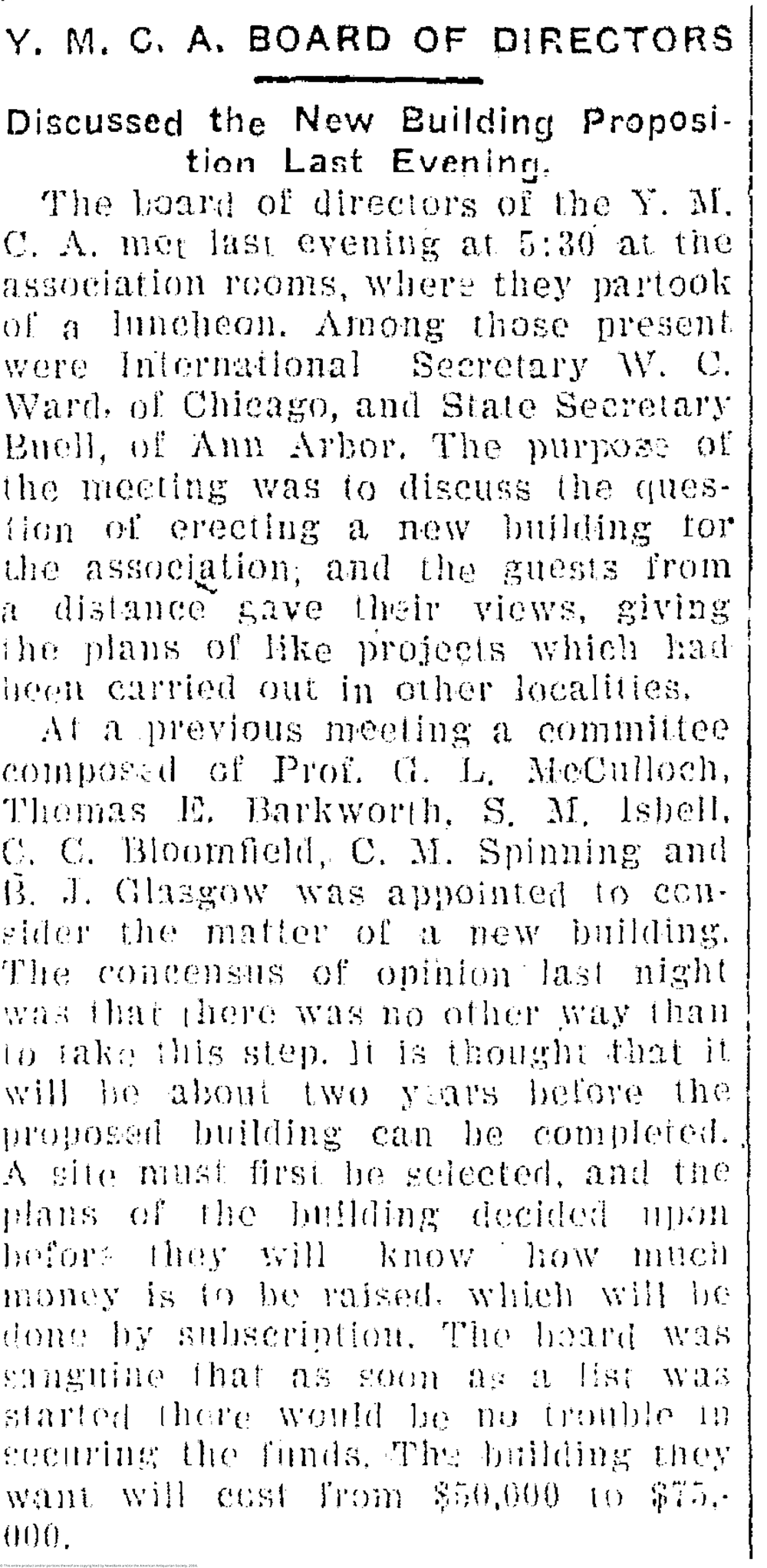
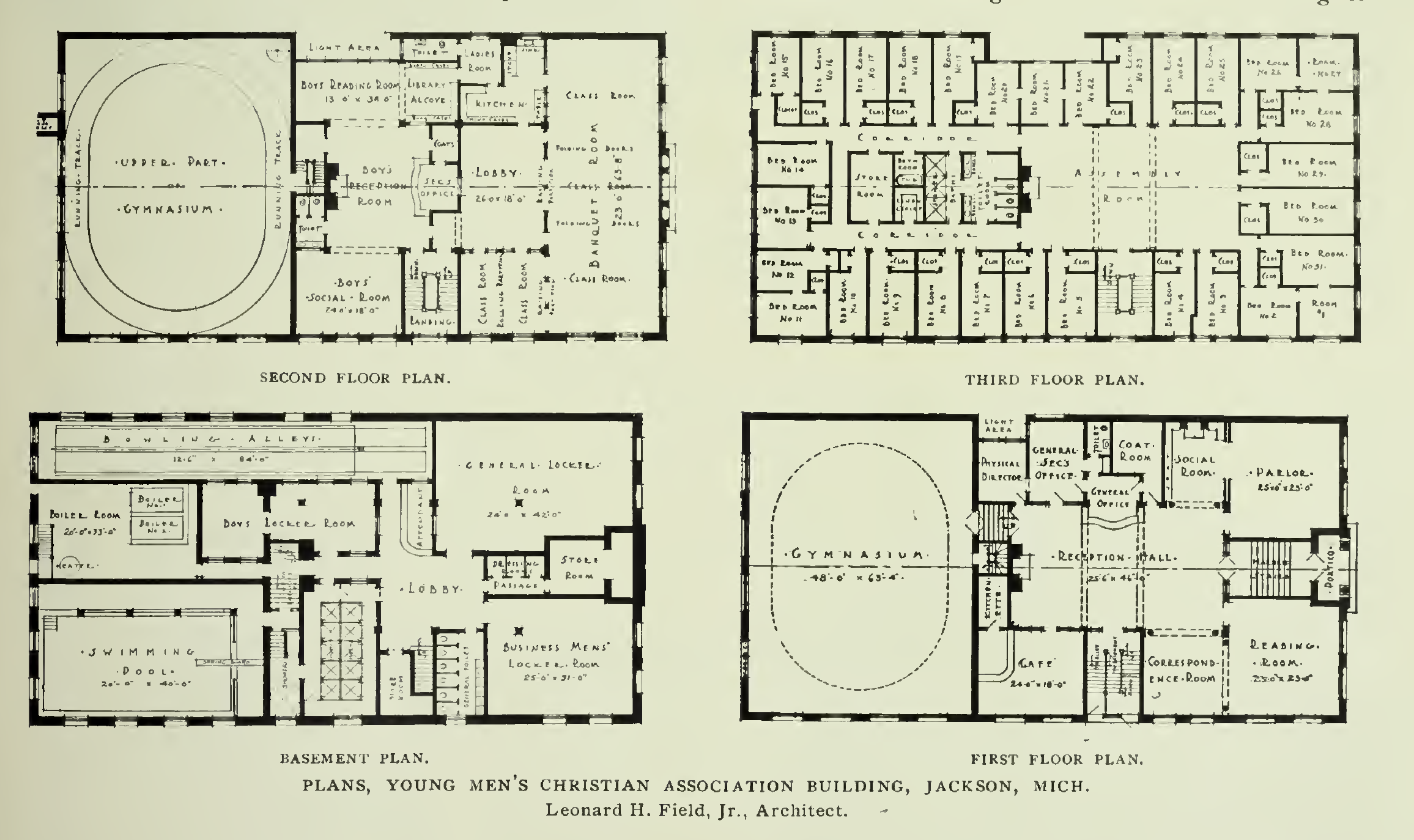
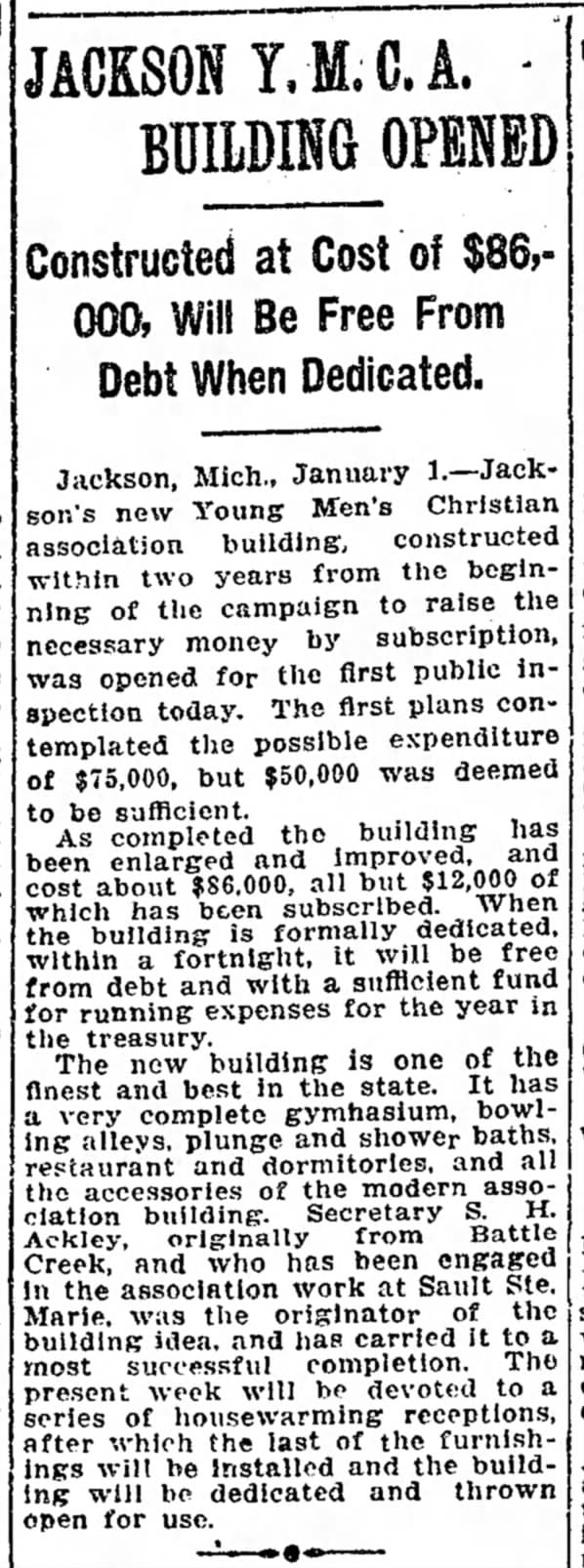
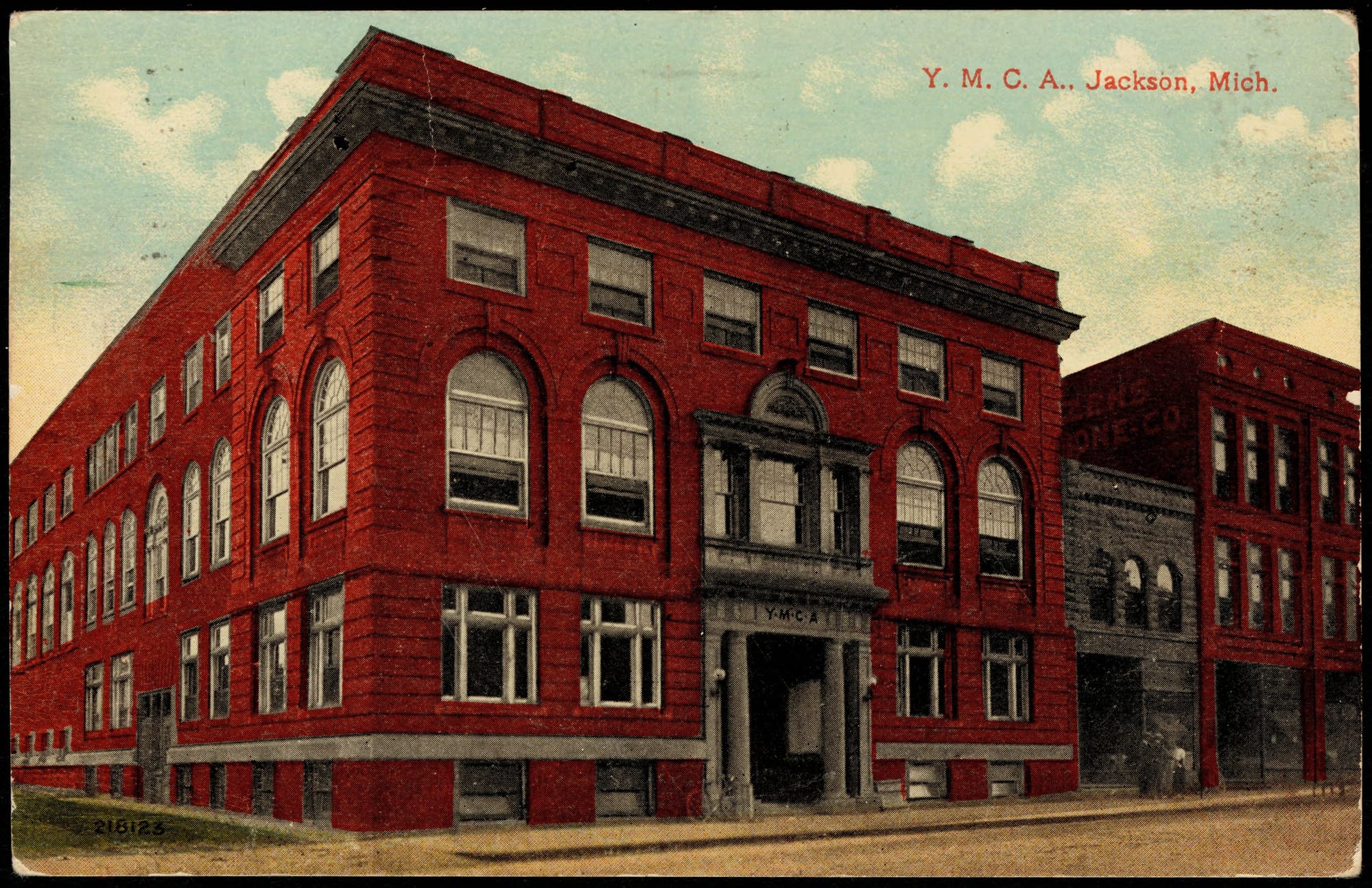
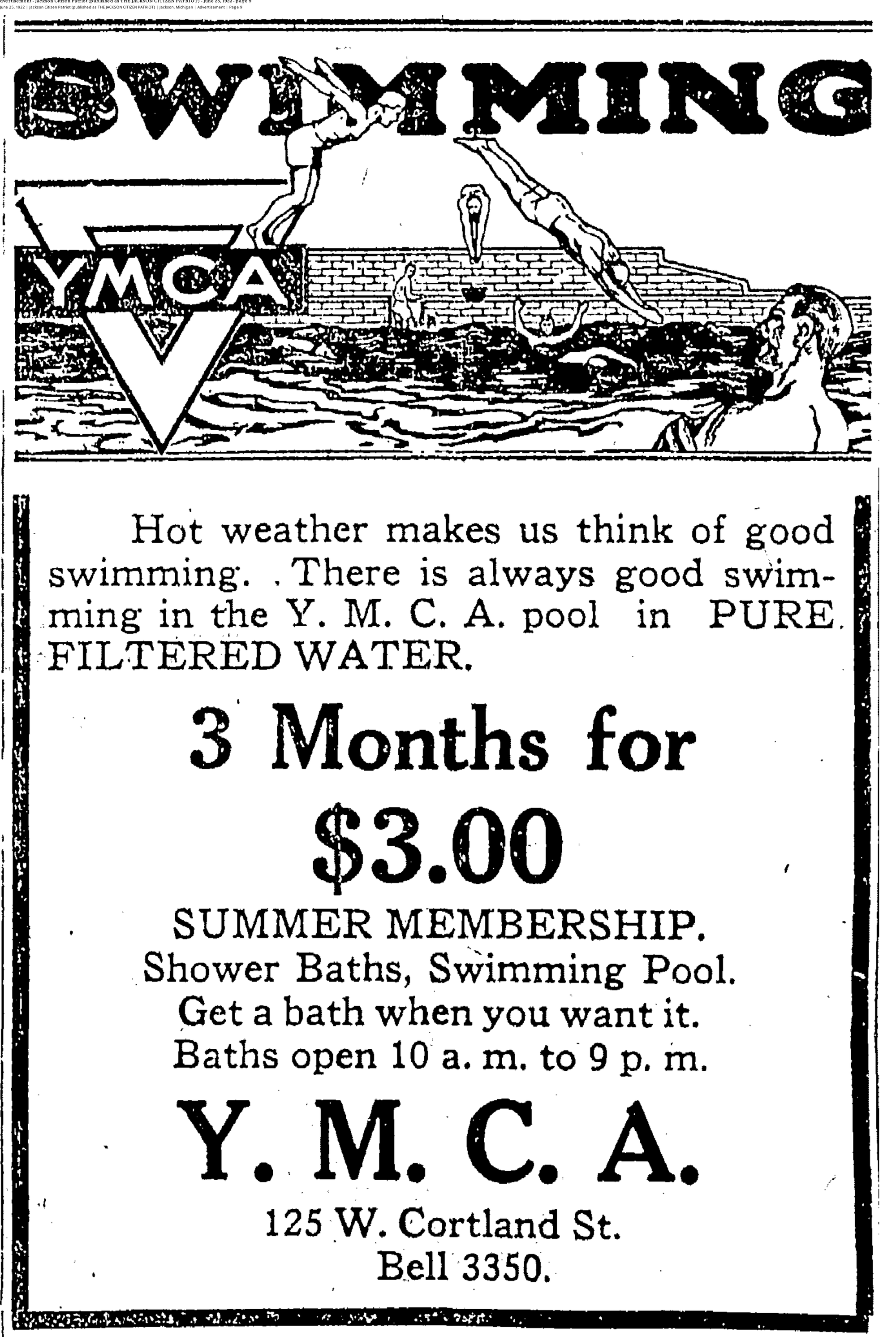
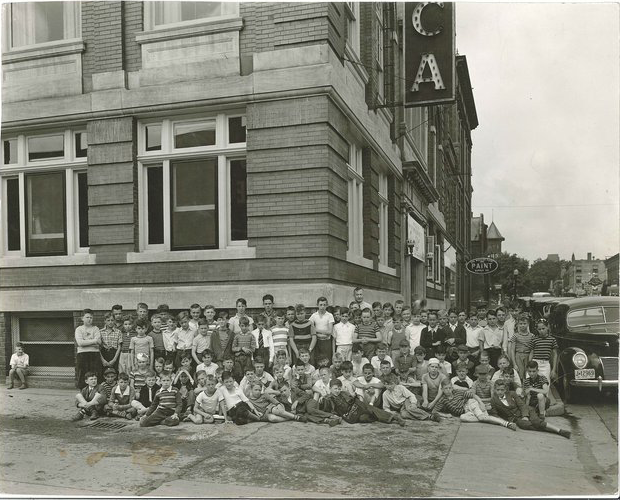
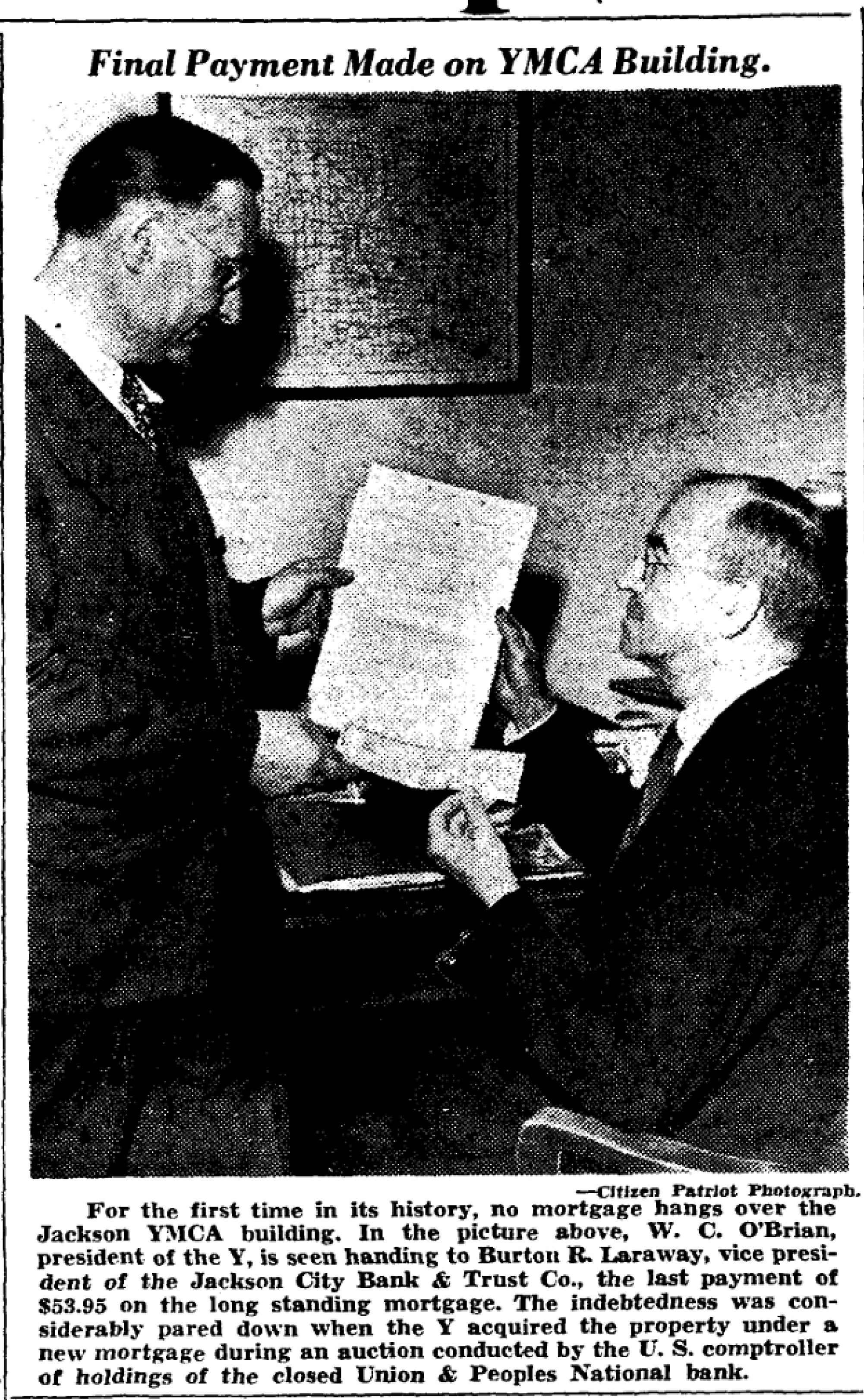
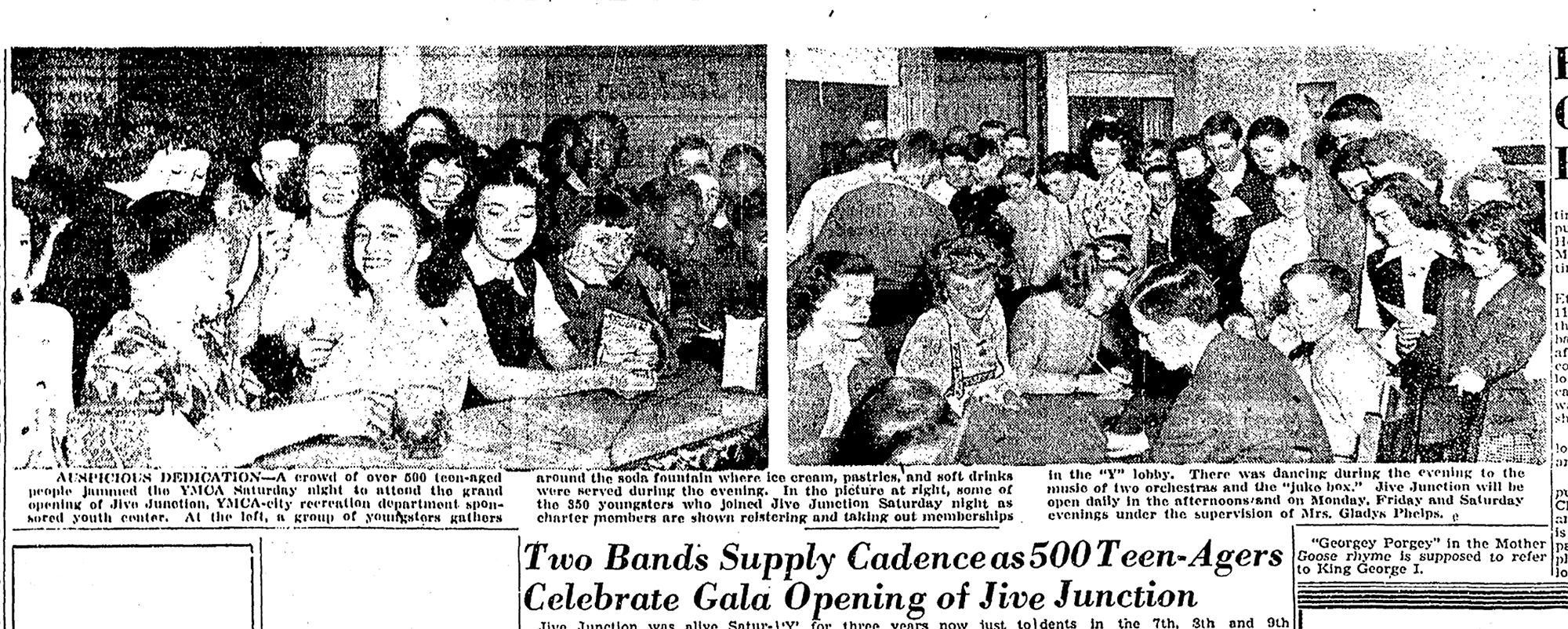
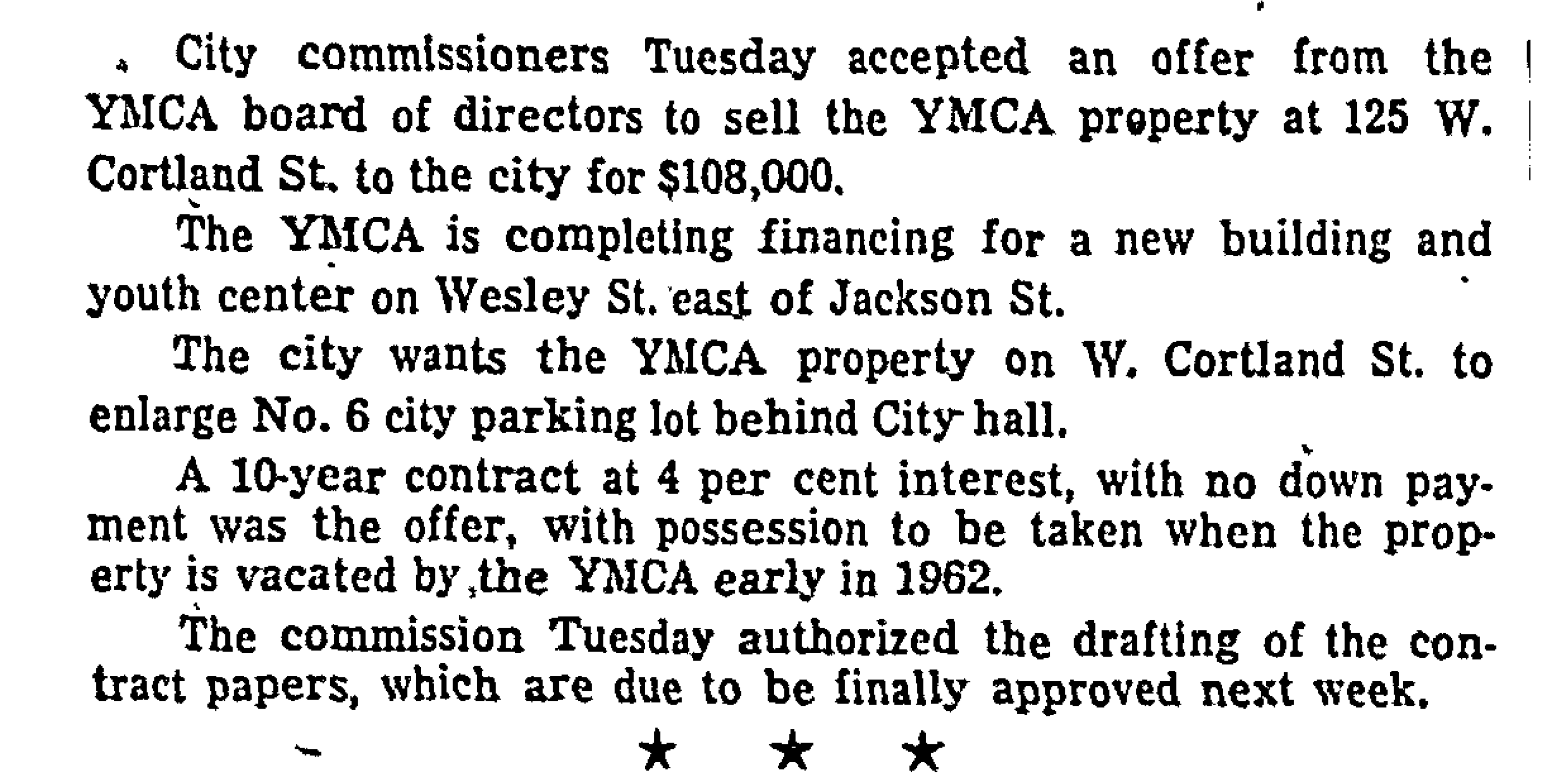
1904, the Jackson YMCA gets the ball rolling on a new building | floor plan for the new Jackson YMCA, 1906, the Brickbuilder, the Internet Archive | January 1907, the new Jackson YMCA opens | 1917 postmarked postcard, Cliff Smith YMCA Postcard Collection, Digital Commonwealth | 1922 ad for a summer swimming membership | 1938 photo | 1945, the Y pays off their mortgage | 1945, "Jive Junction" youth center opens in the building | 1961, the city agrees to buy the building to demolish it for parking
With a gymnasium, a pool, study rooms, and housing for 30+ men, the Cortland Street Y opened in 1907 after a campaign that brought membership up to 600 from 260. More than 11,000 soldiers passed through the building during WWII, when it was used as USO housing. In 1945, the YMCA opened the "Jive Junction" youth center in the building. In the early 1960s, the YMCA wanted a new building and the city of Jackson–because it was the 1960s and people had lost their minds–wanted even more parking. The city paid YMCA $108k ($1.1m in 2024 dollars) to acquire the building, leveling it in 1962 for yet another parking lot, part of the demolition mania that obliterated wide swathes of this little city.
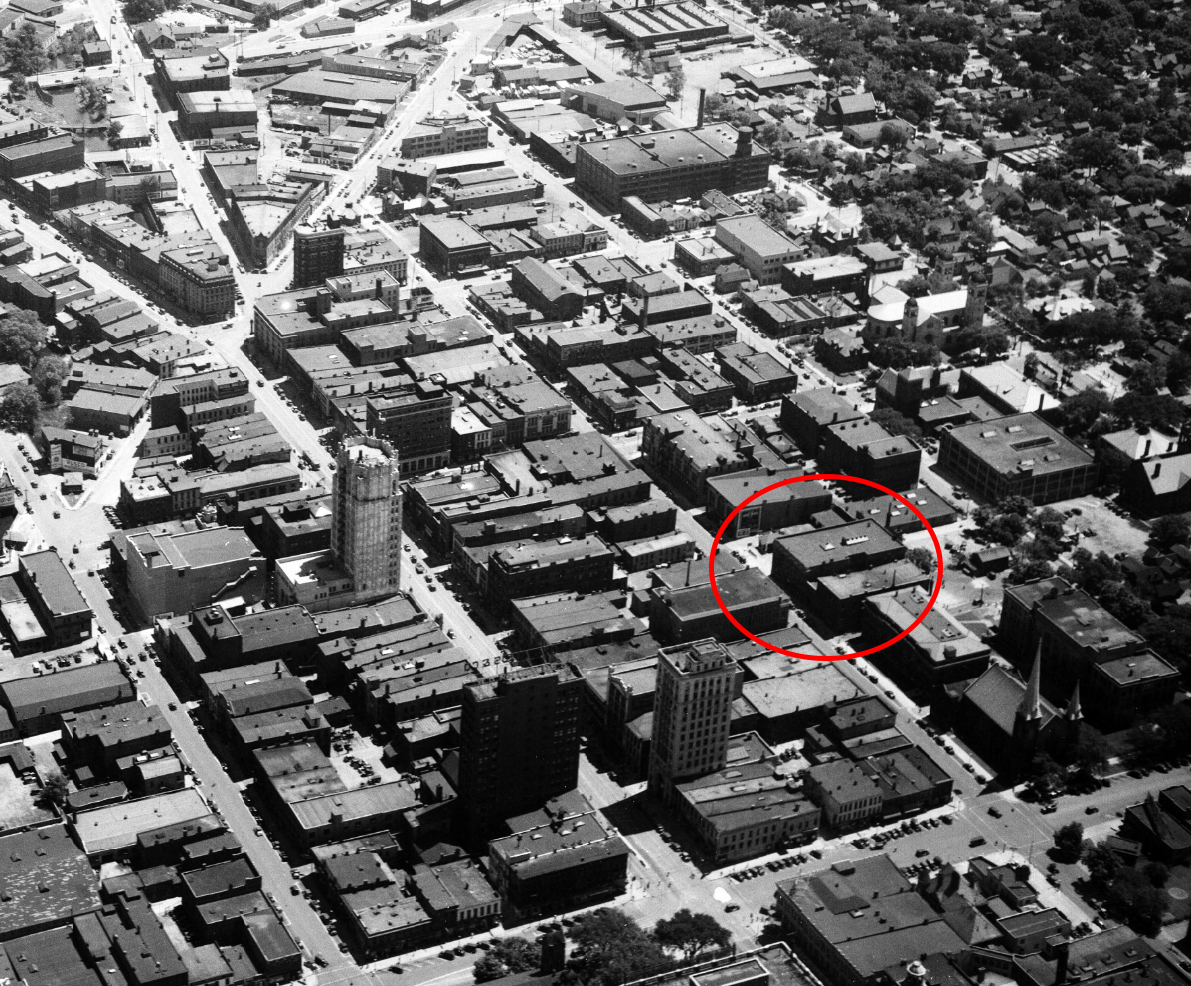
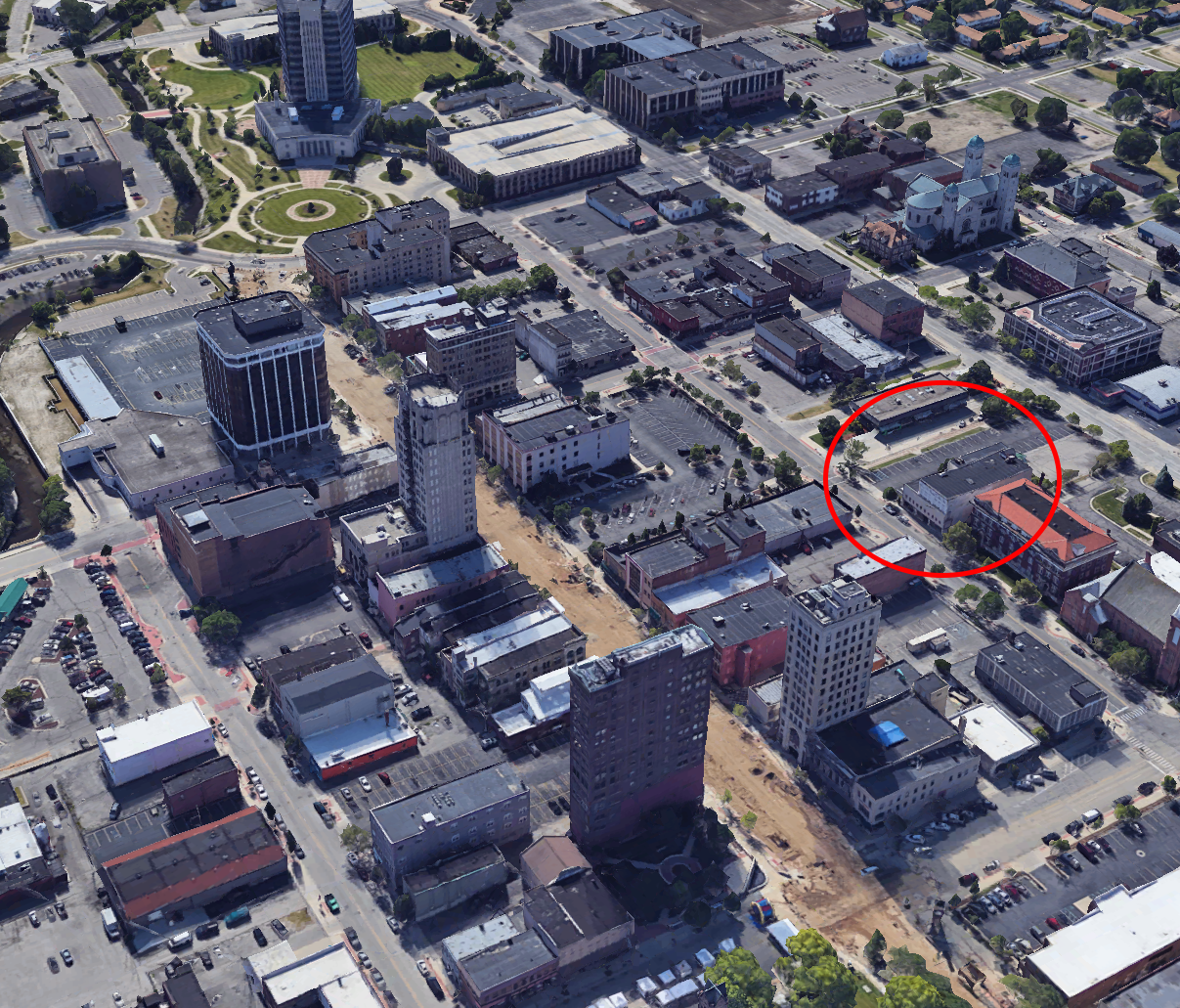
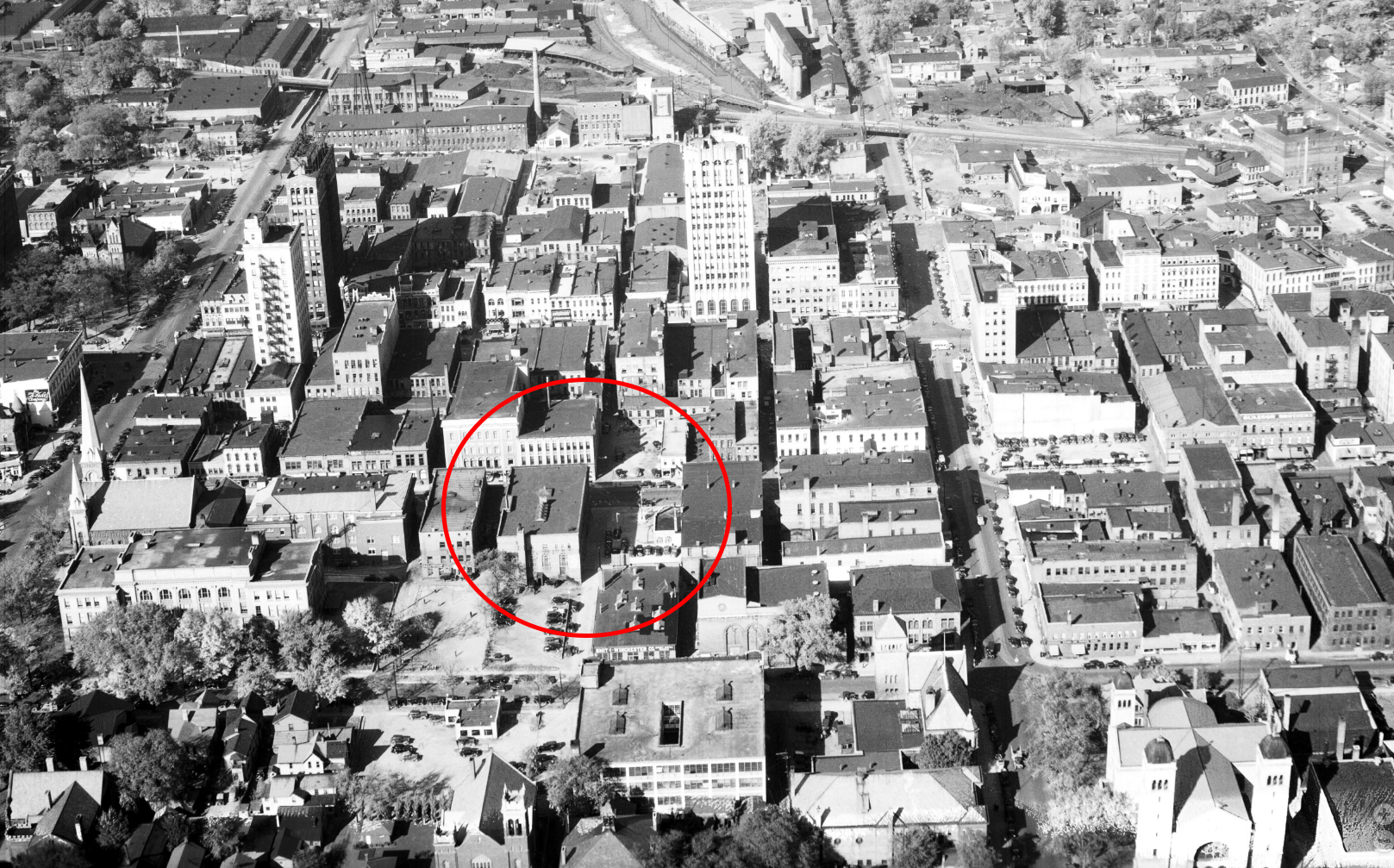
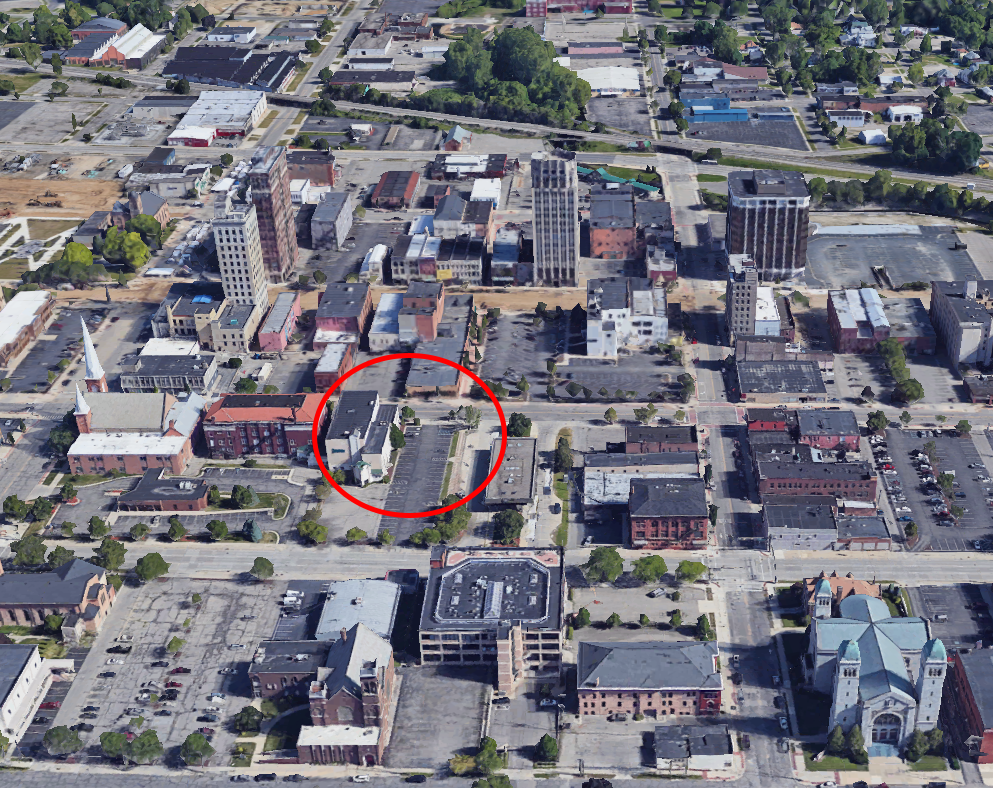
1930 aerial, Walter P. Reuther Library, Wayne State University vs. 2021 Google Earth view | 1936 aerial, Walter P. Reuther Library, Wayne State University vs. 2021 Google Earth View
Thus the biggest, heaviest pile on the whole block ended up disappearing–seems like an especially onerous, pointless demolition. Less surprising is the absence of the wood frame building in the postcard, which was home to a frame maker in the early 1900s.
Half the block razed during the urban renewal demolition frenzy and the remaining half helping to seed a mild resurgence downtown–this stretch of Cortland encapsulates a common American urban trajectory.

Production Files
Further reading:
- Jackson School of the Arts in their own words
- On Bright Walls Festival, by the MEDC, mural before-and-afters in MLive, and the story of one of the artists
- Buildings of the Young Men's Christian Association in the Brickbuilder, 1906
- The progression of plans for the buildings in the 2010s and 2020s:
The Cliff Smith YMCA Postcard Collection from the Springfield College Archives and Special Collections is a remarkably exhaustive collection of postcards of YMCAs around the world. The old Jackson YMCA is decently represented–I always find the slight differences in depictions interesting.
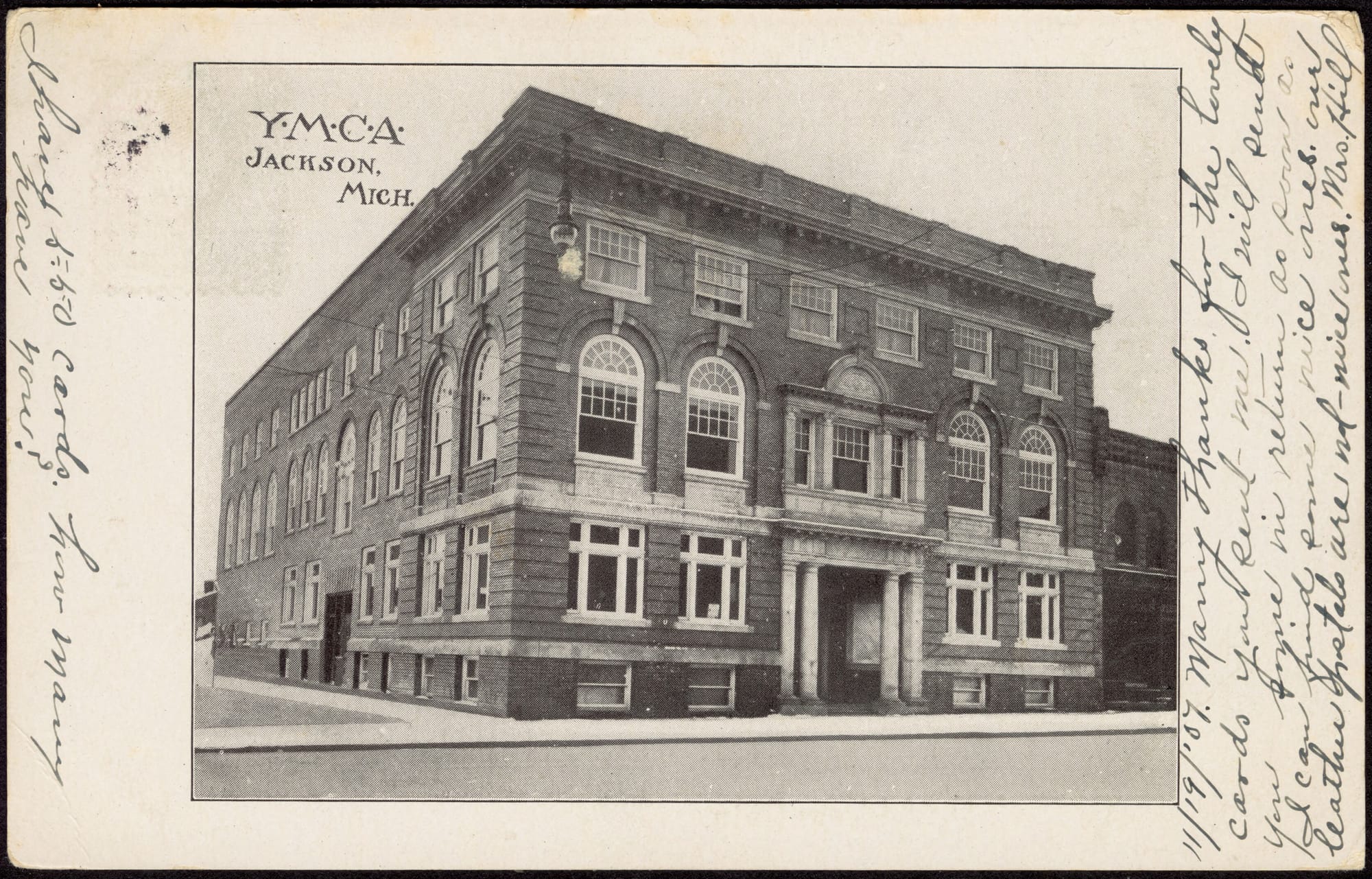
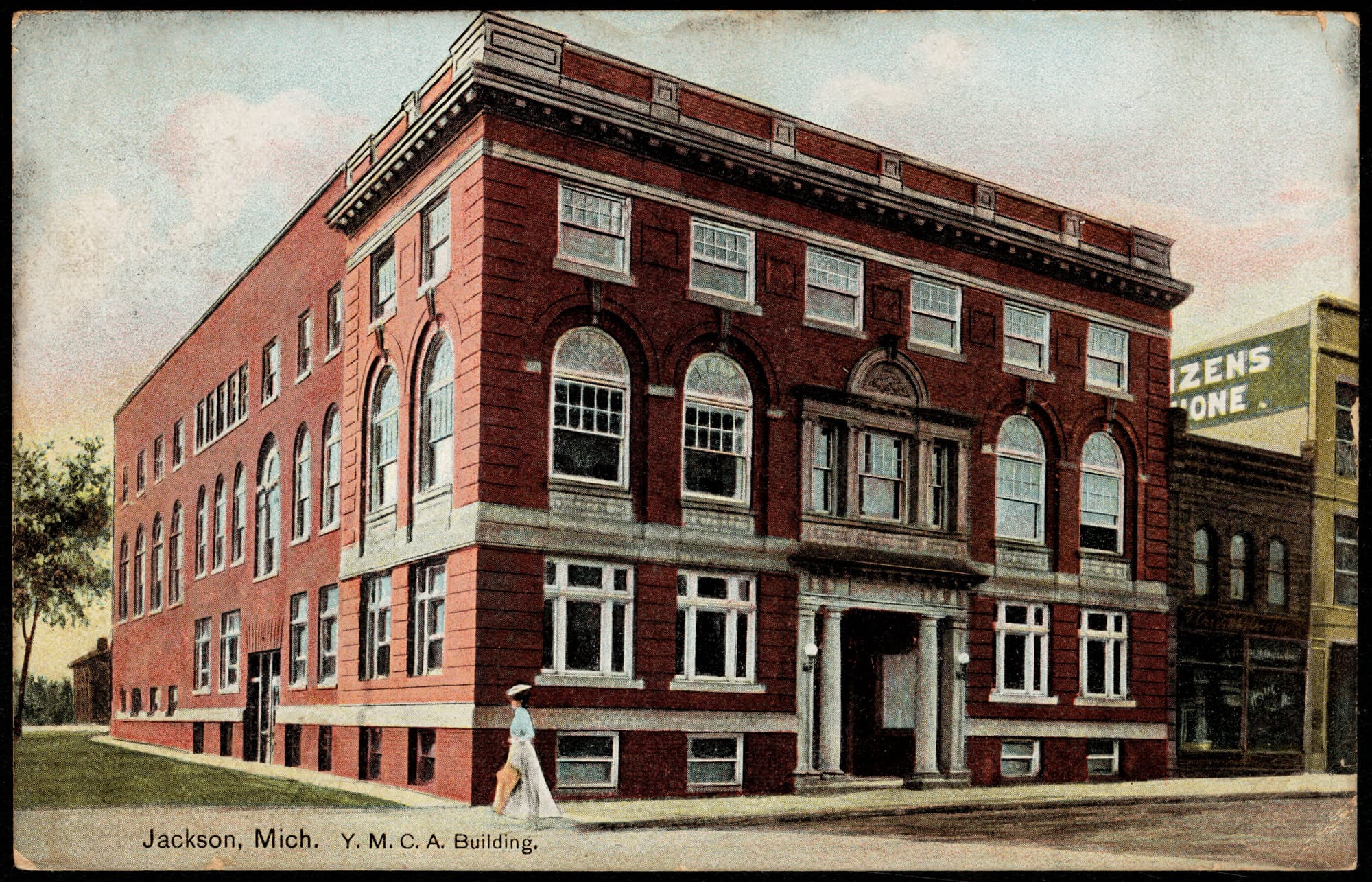
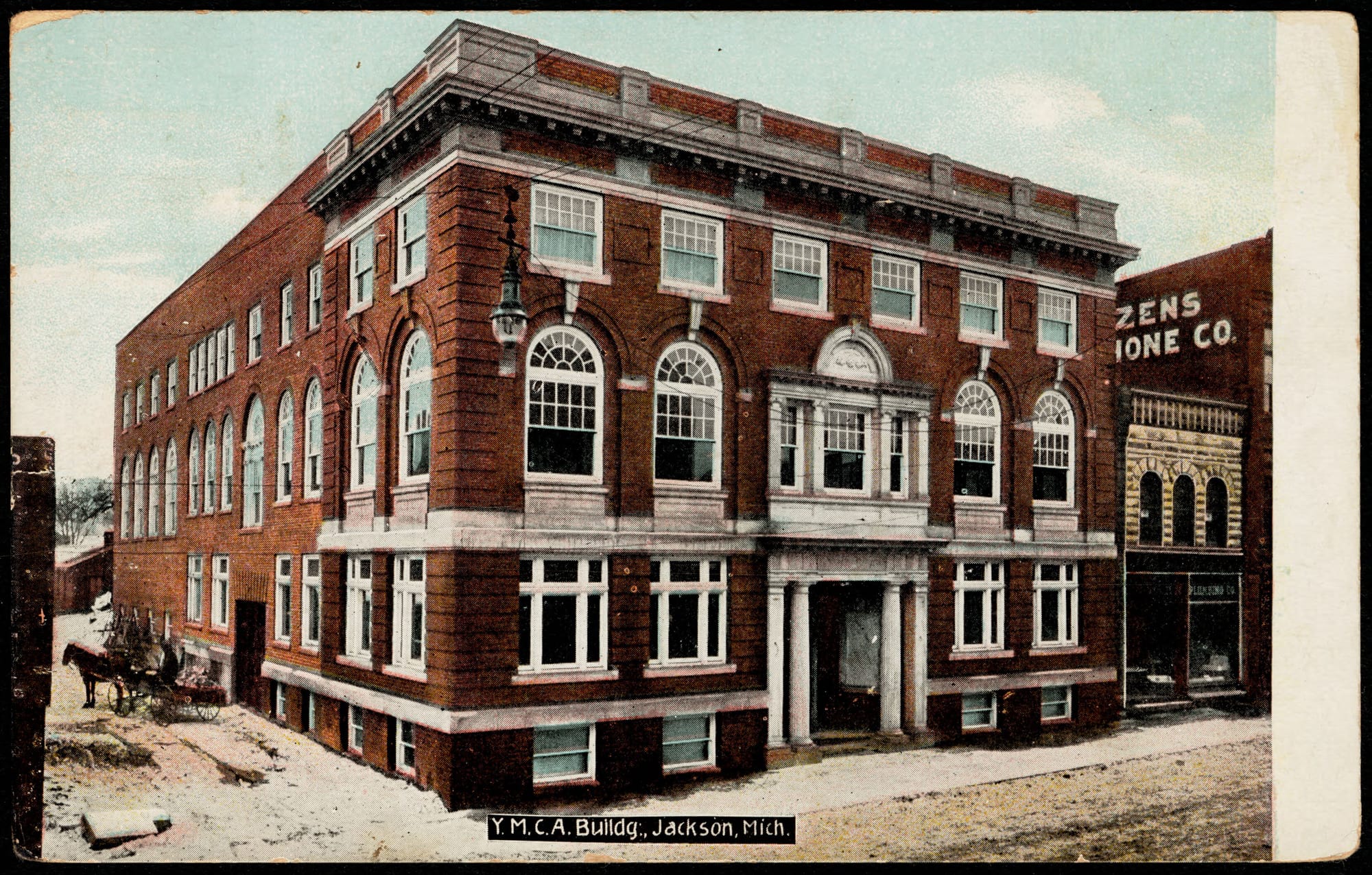
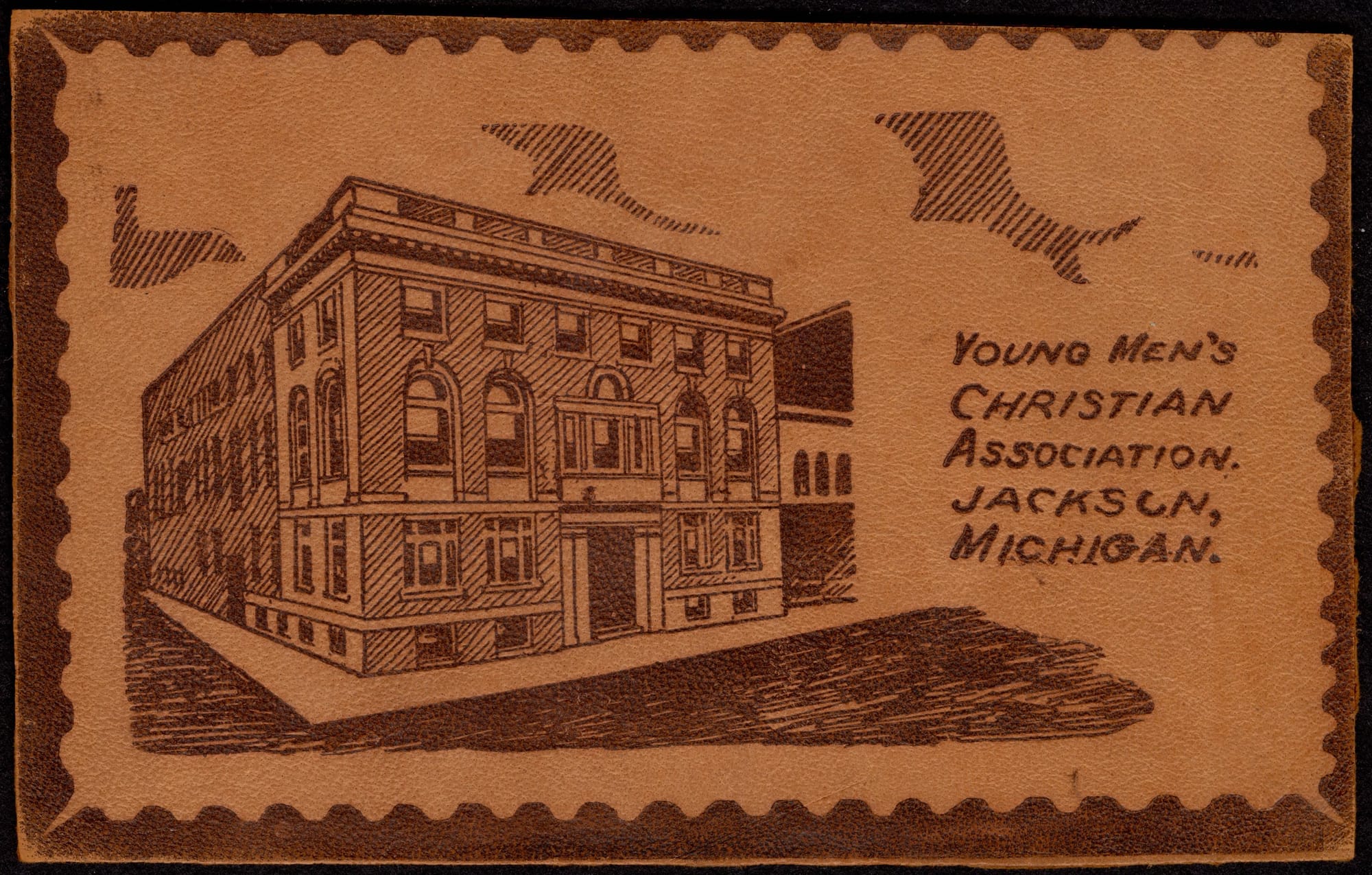
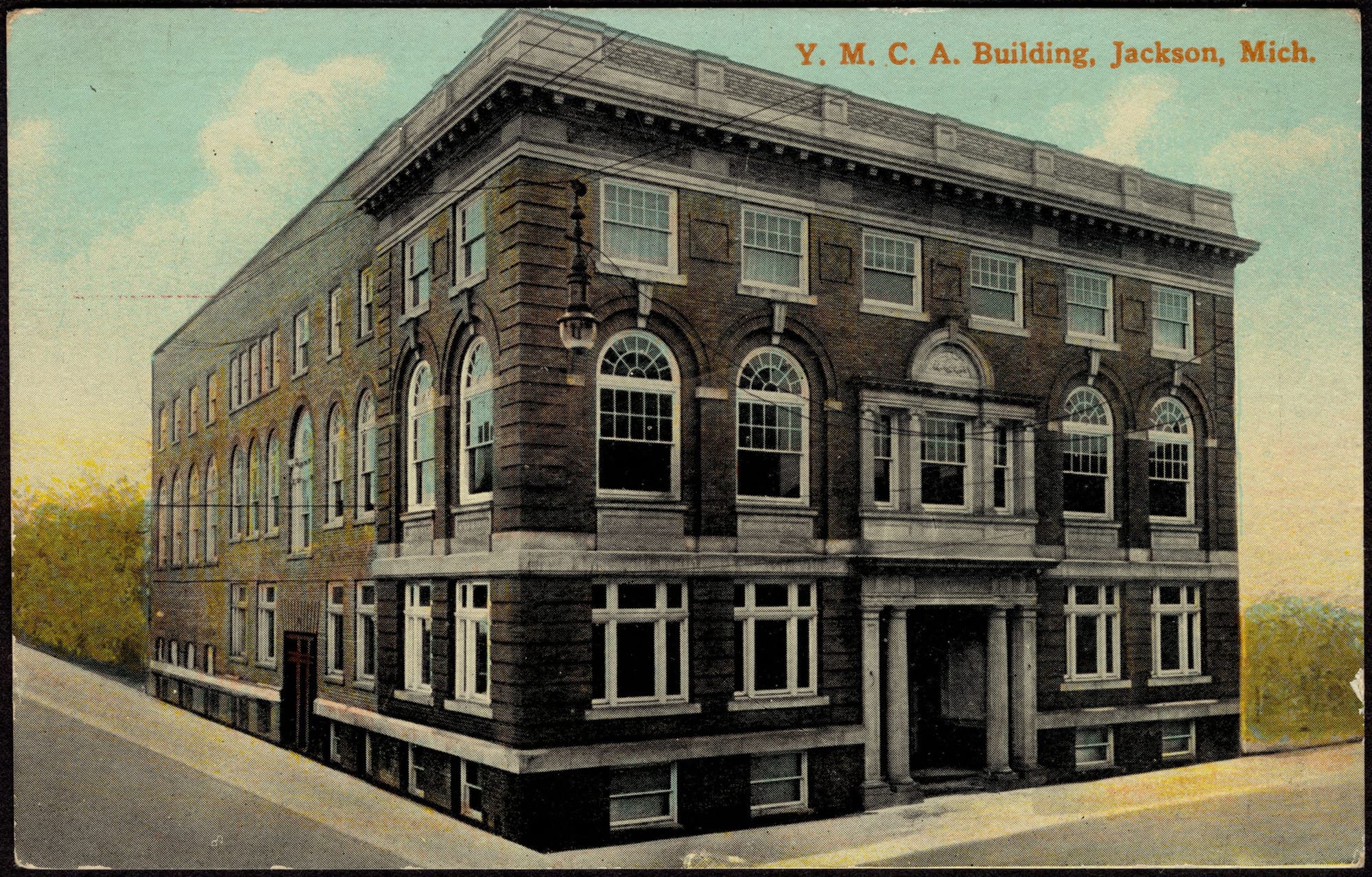
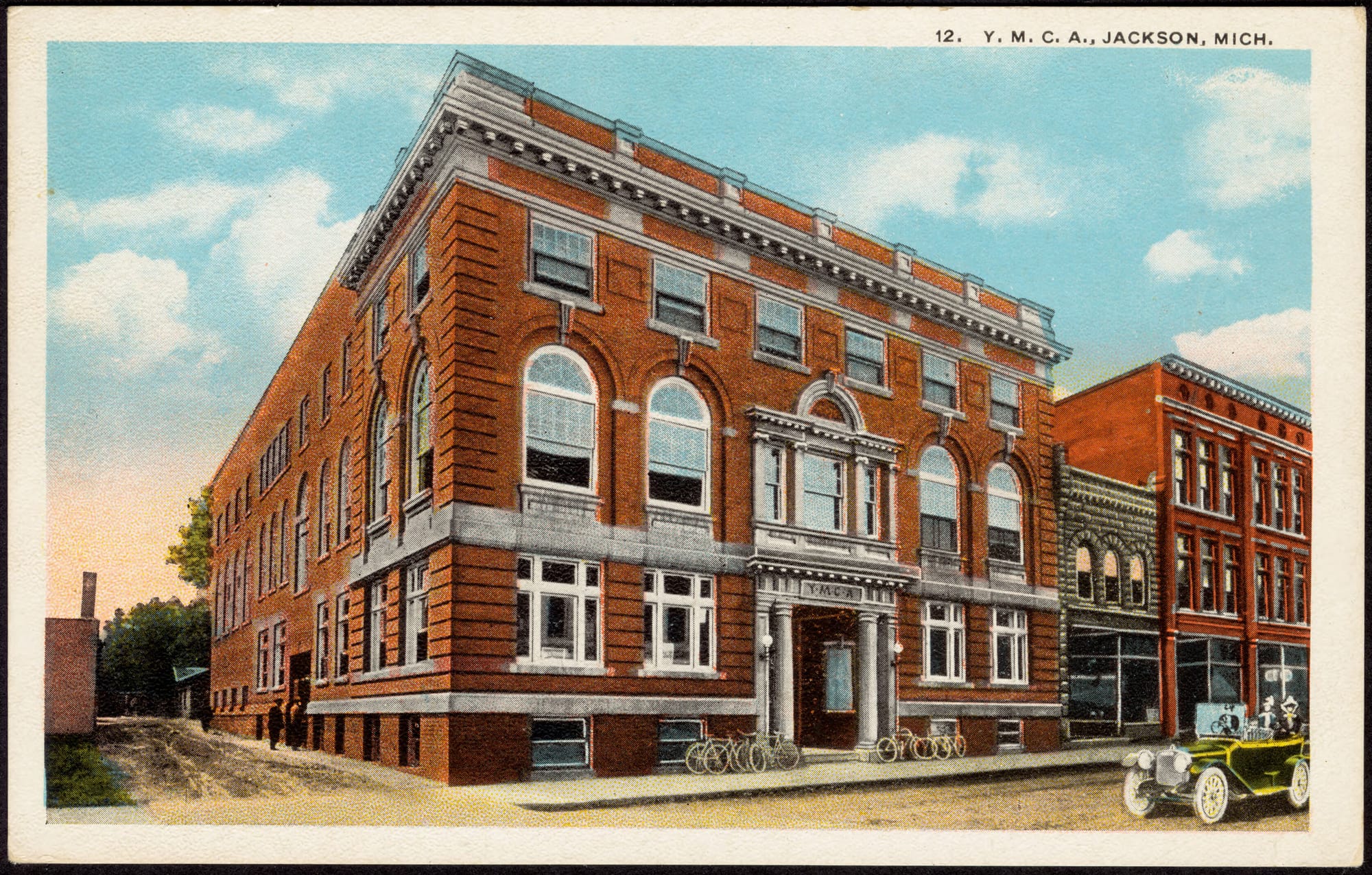
Black and white photo postcard, 1907 postmark, Digital Commonwealth | 1908 postmark, with woman in hat, Digital Commonwealth | 1910 postmark, with horse and cart, Digital Commonwealth | leather postcard, Digital Commonwealth | unused postcard, Digital Commonwealth | unused with car and bikes, Digital Commonwealth
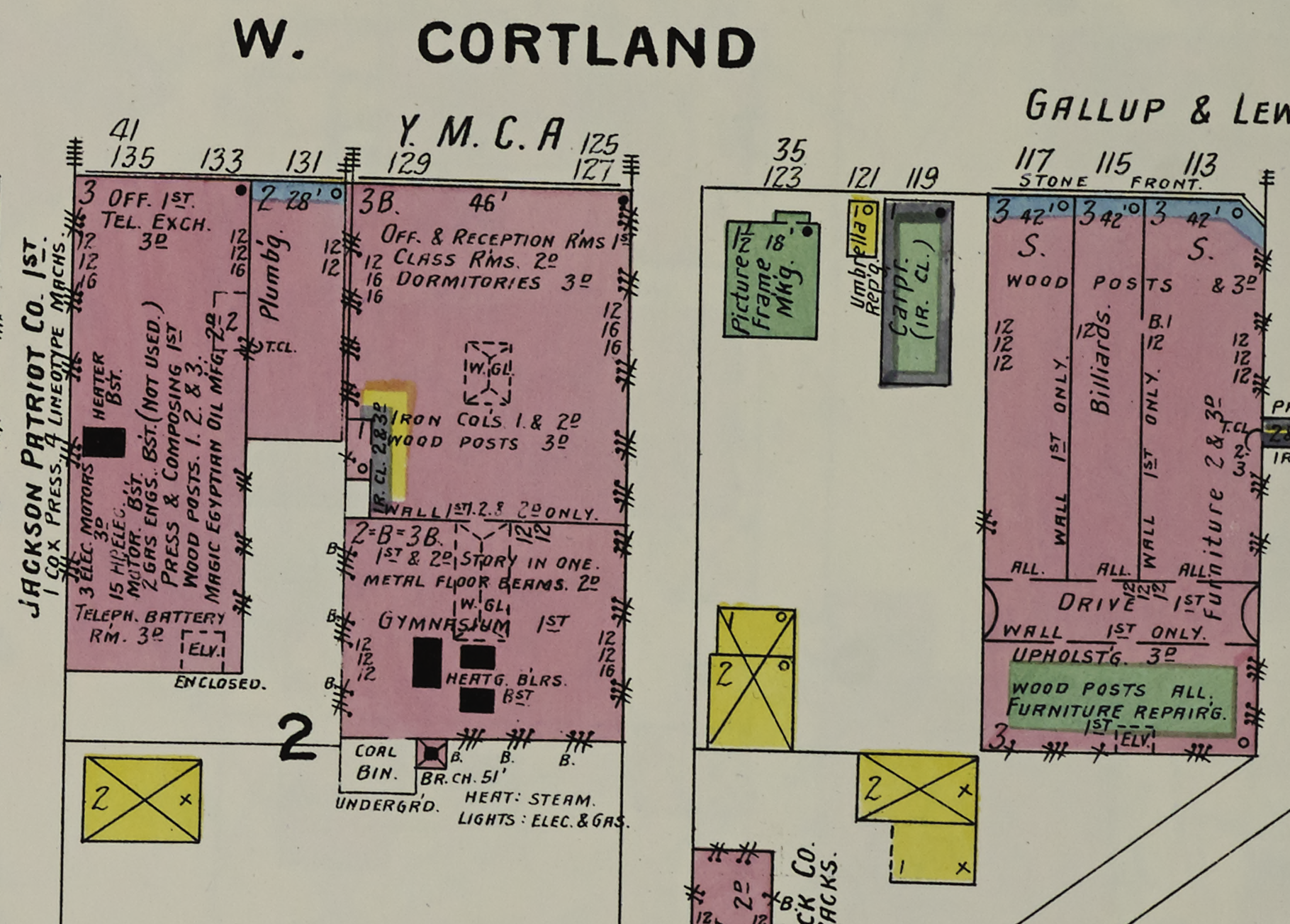
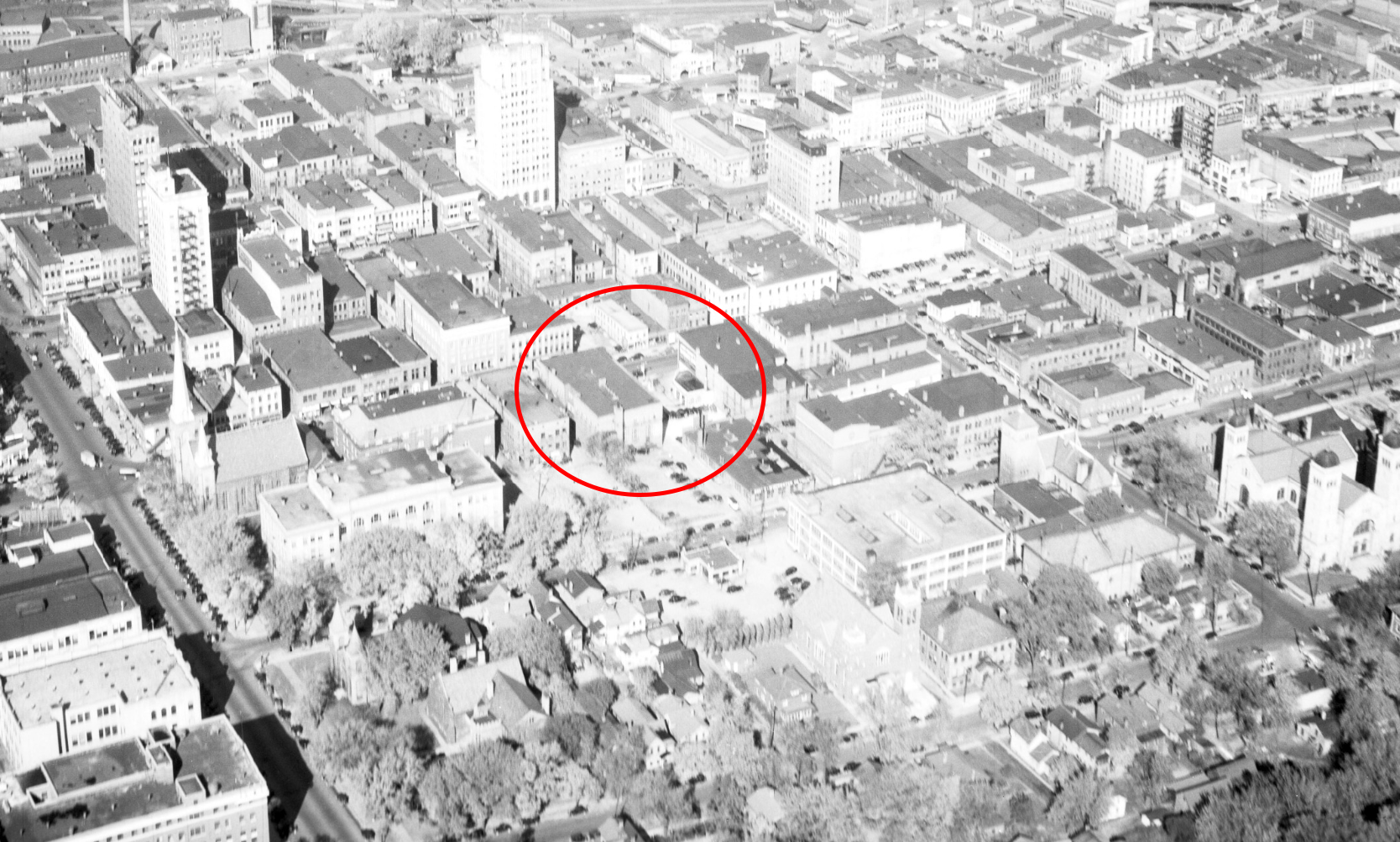
1907 Sanborn Map, Library of Congress | 1936 aerial, Walter P. Reuther Library, Wayne State University
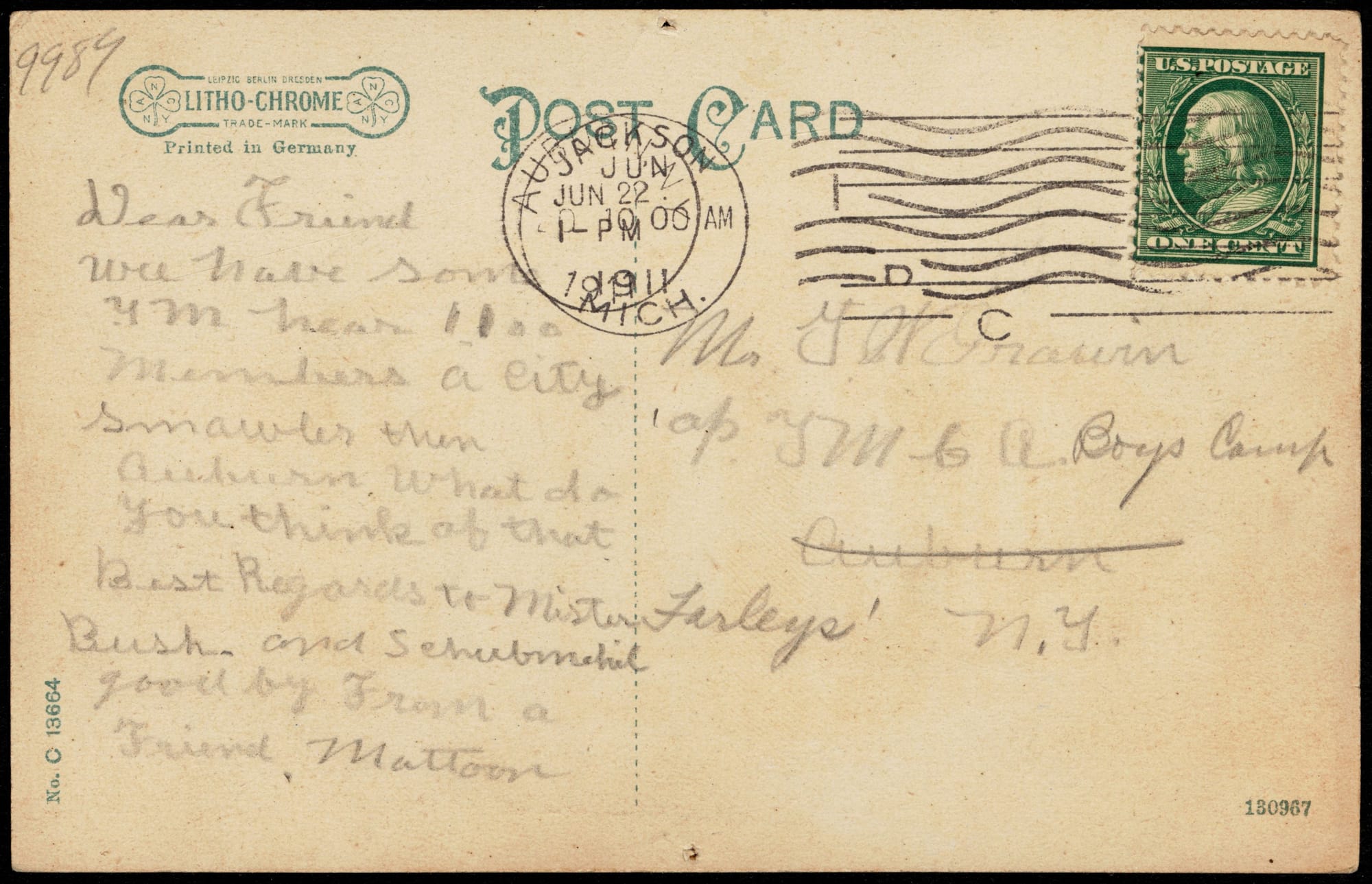
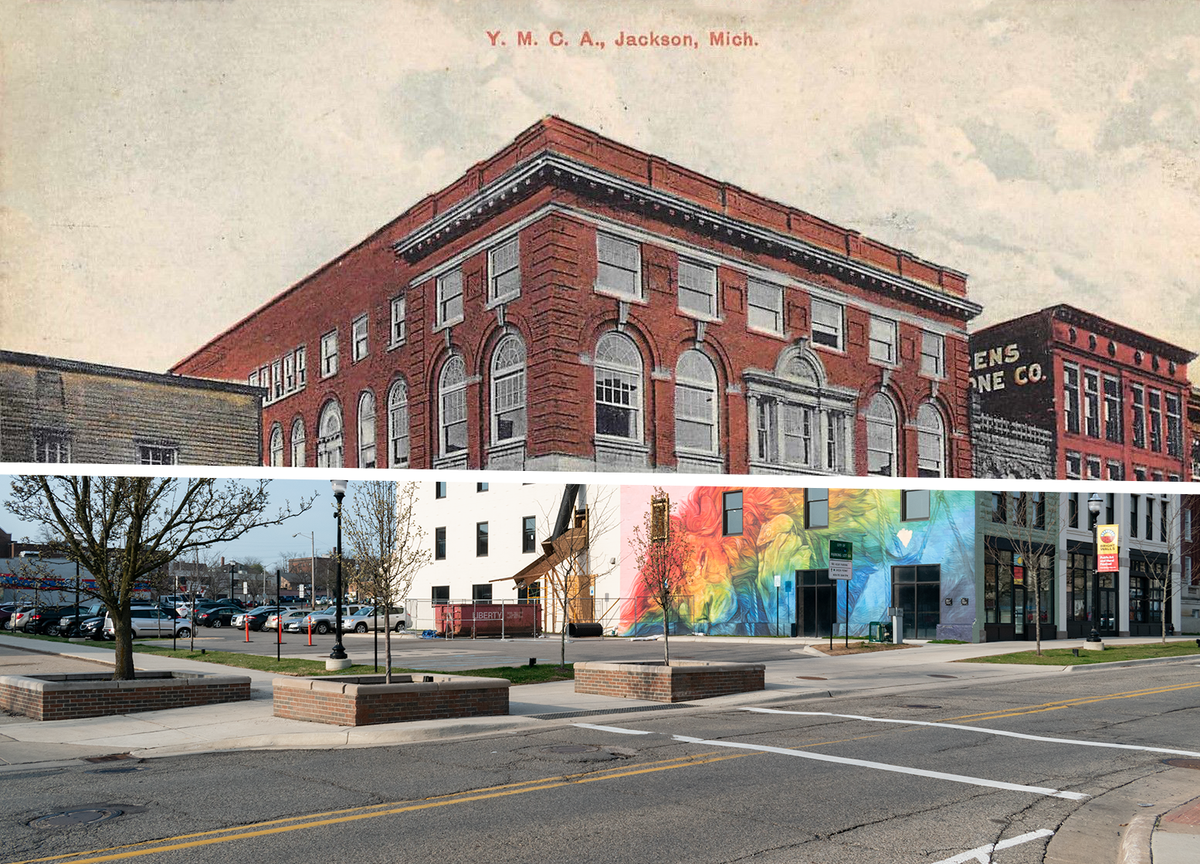
Member discussion: